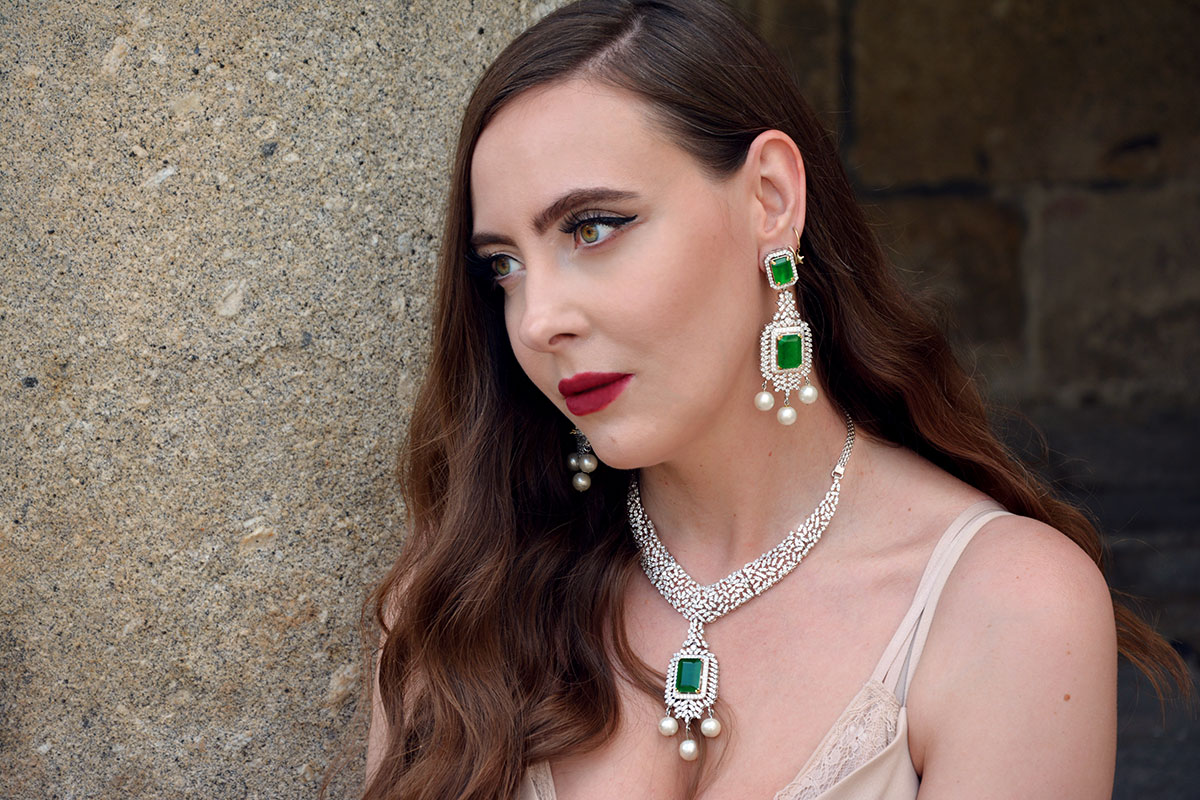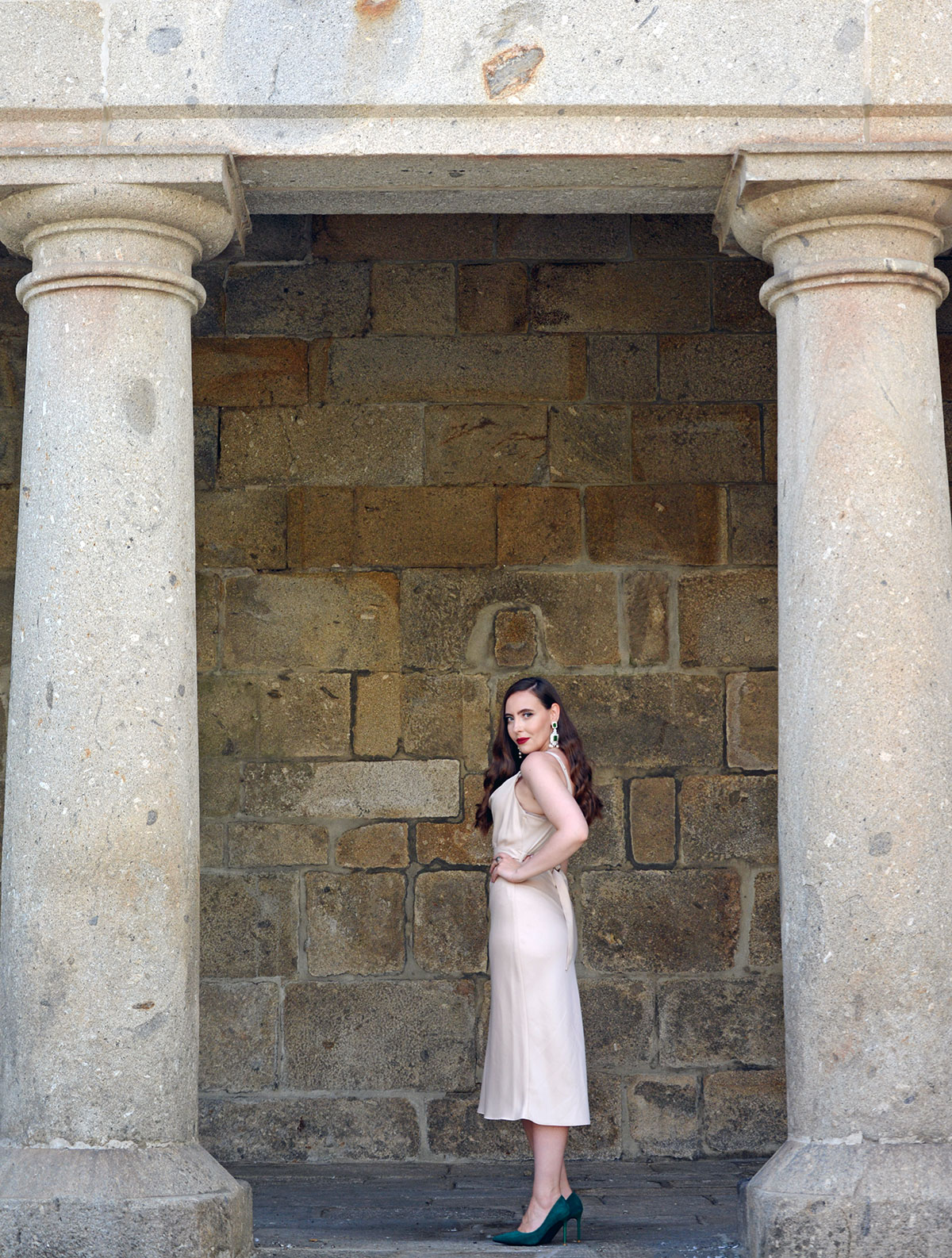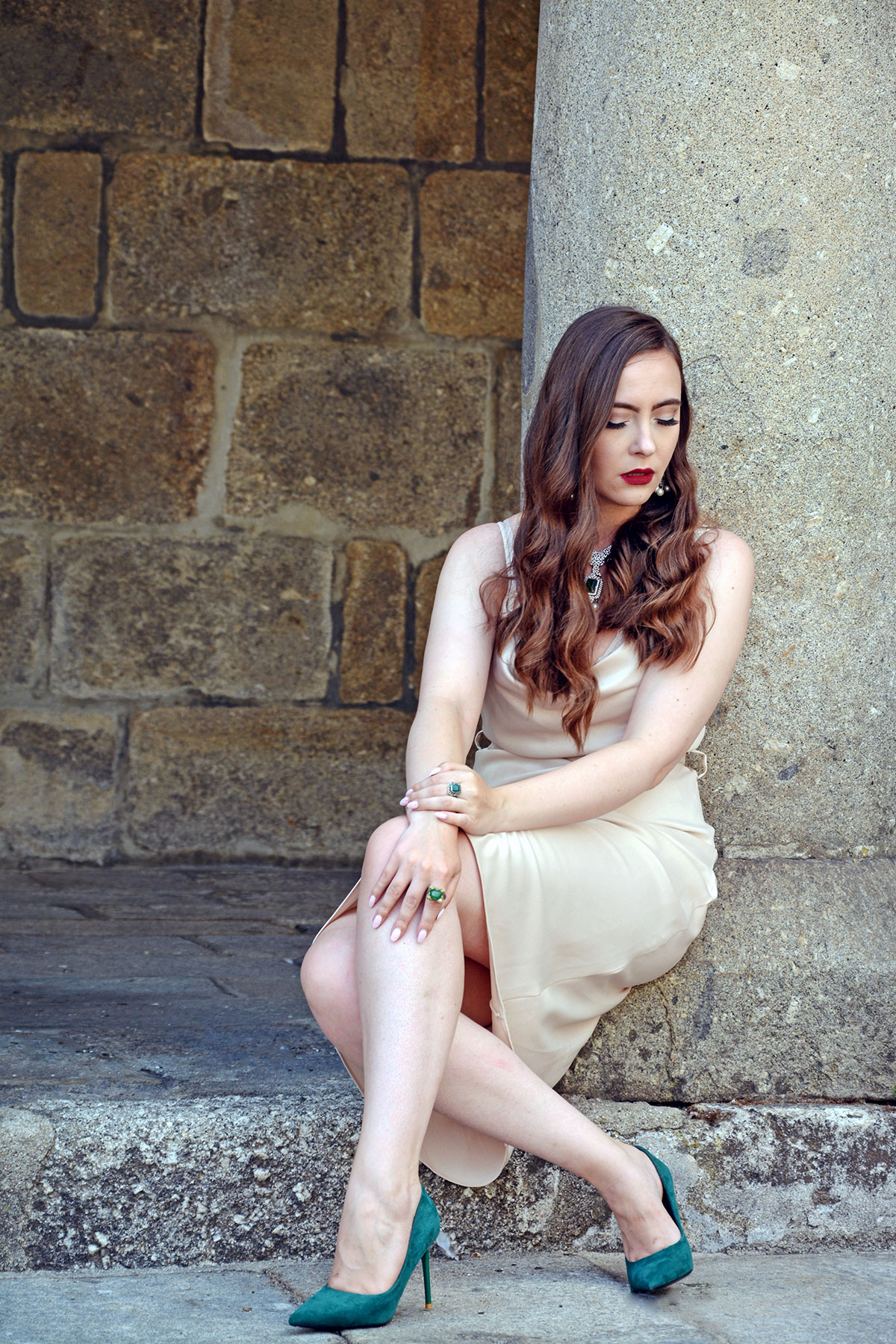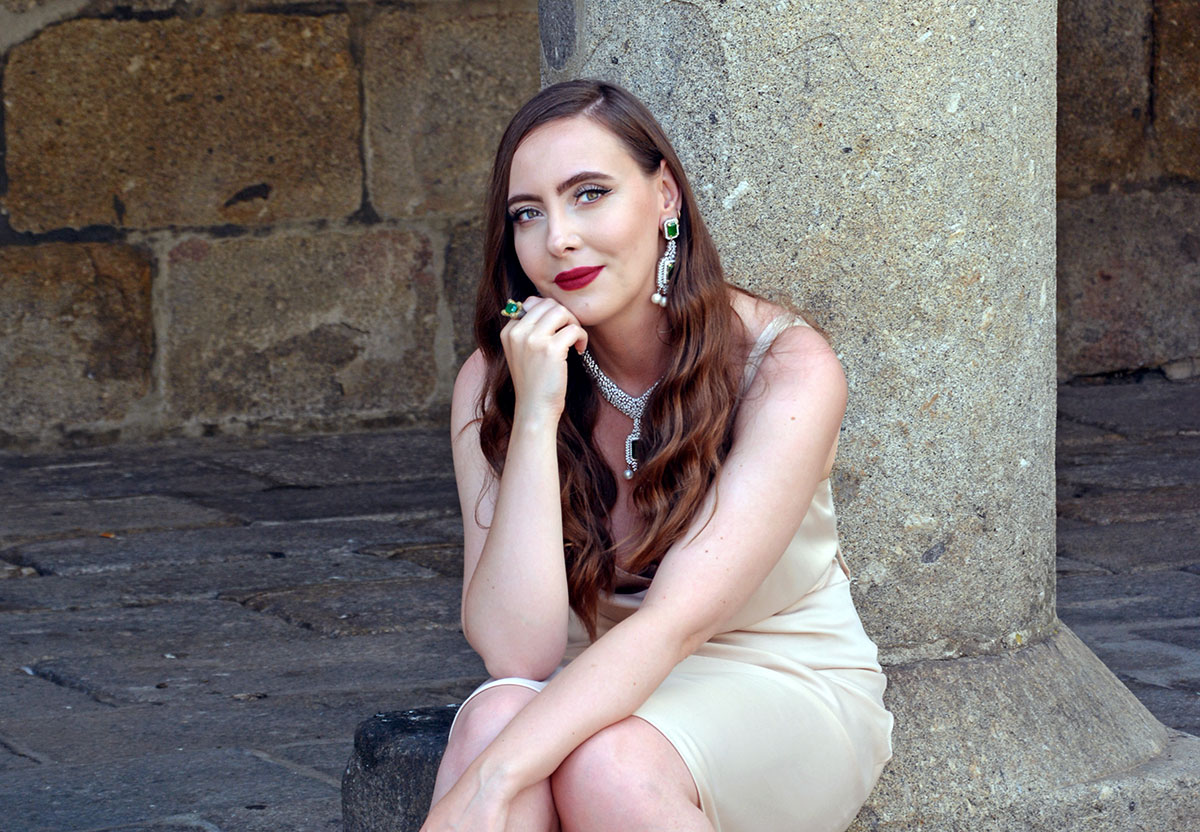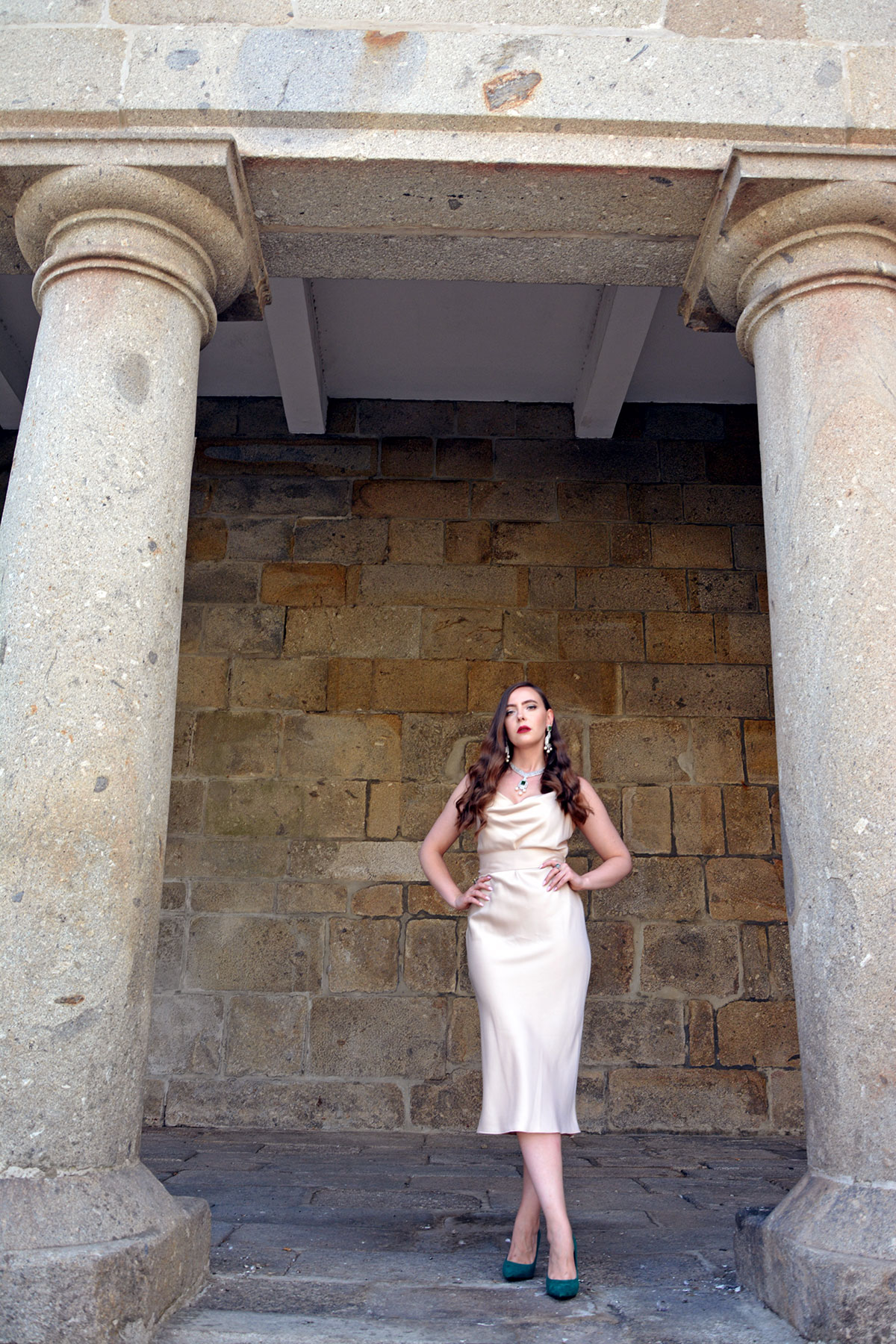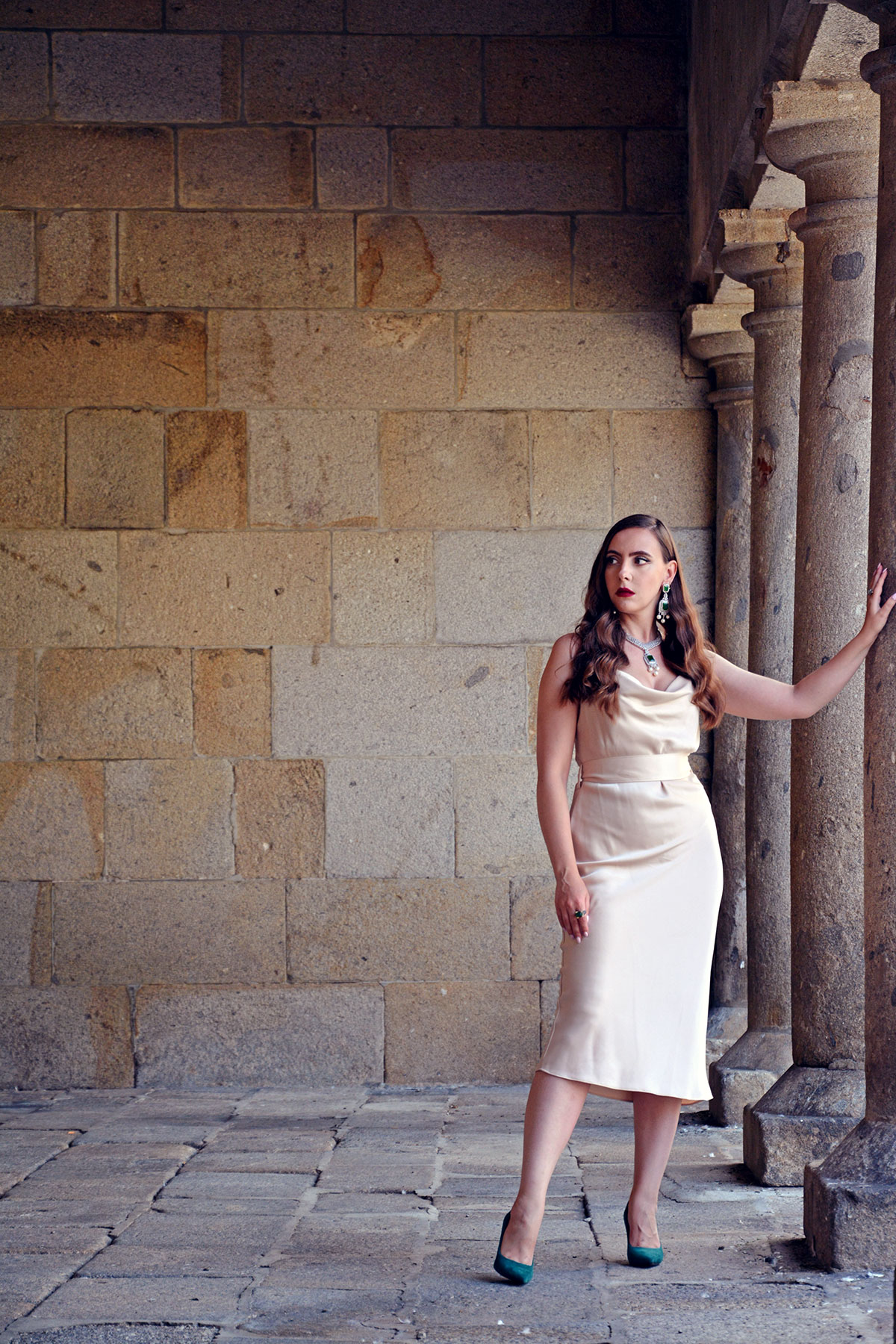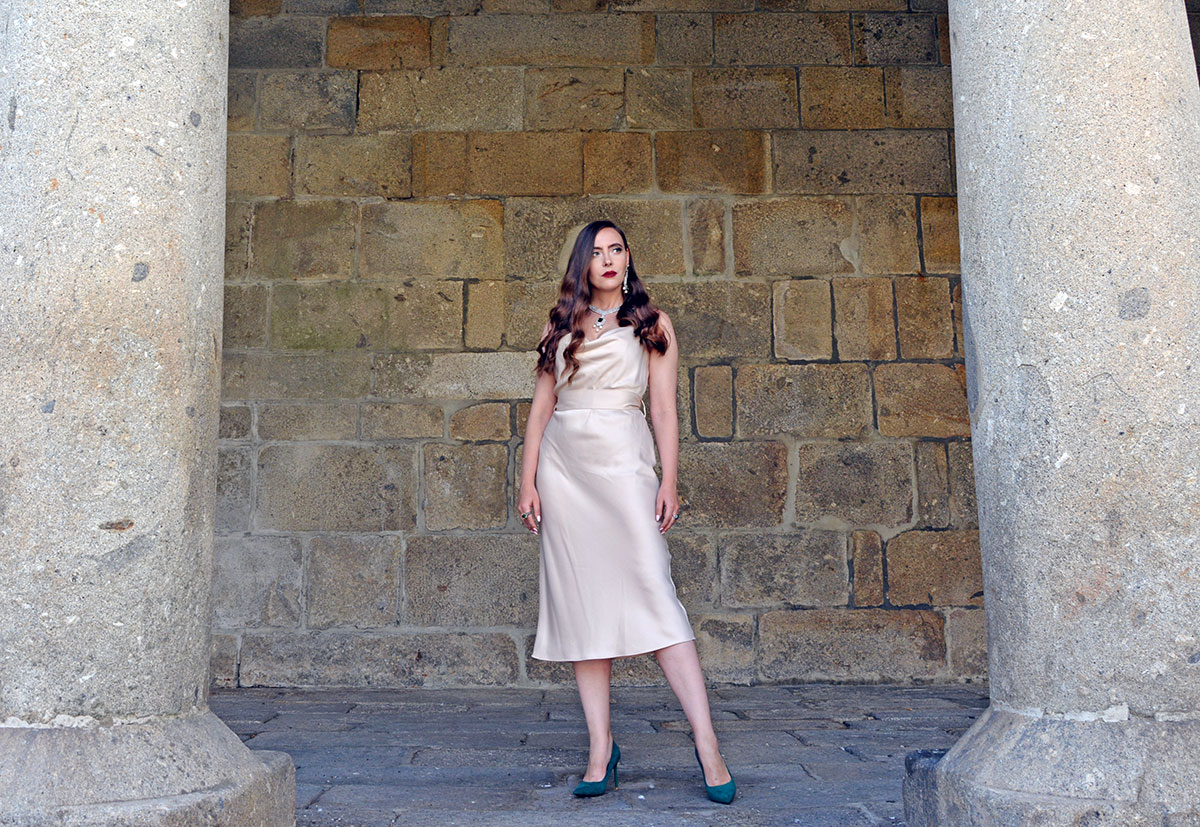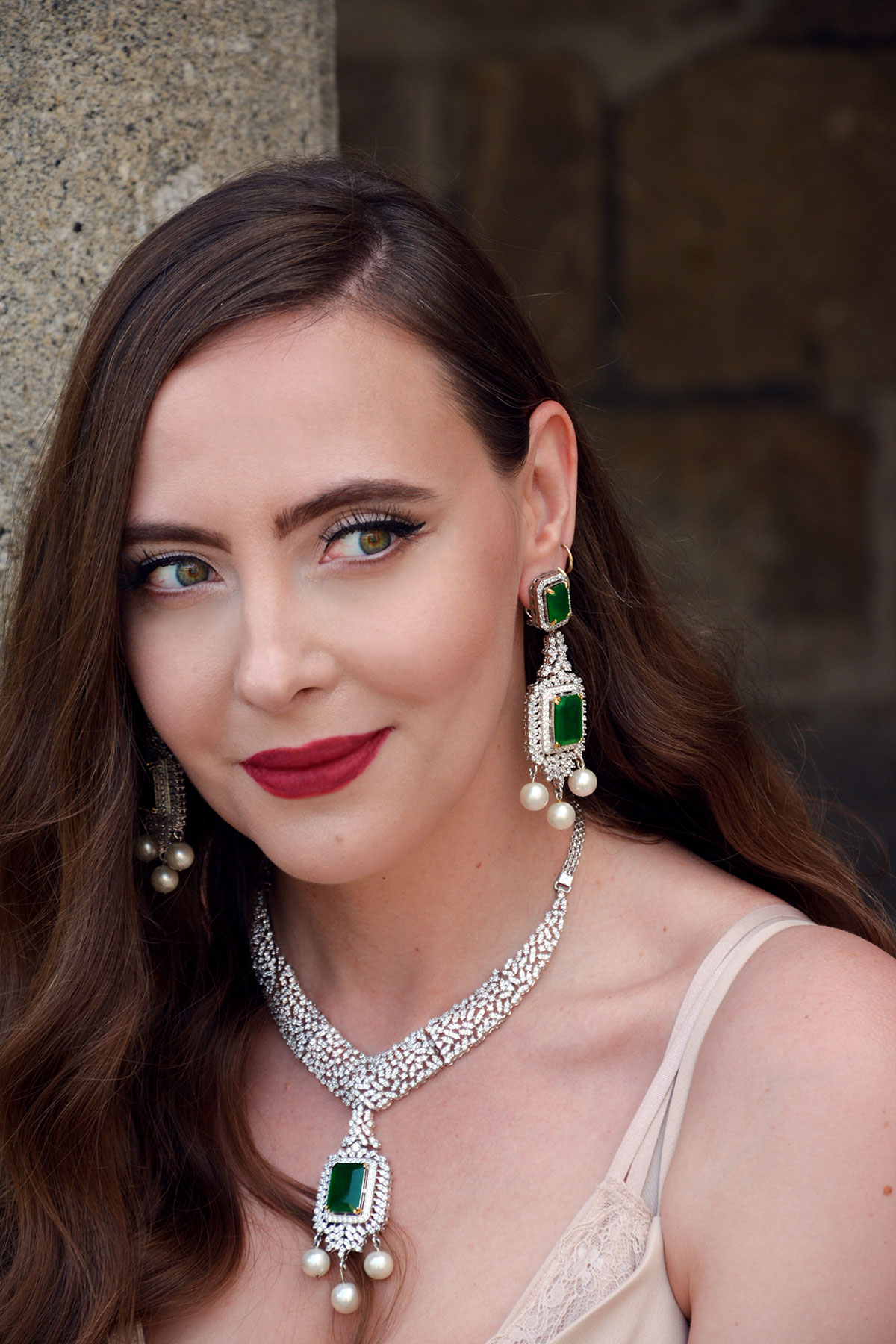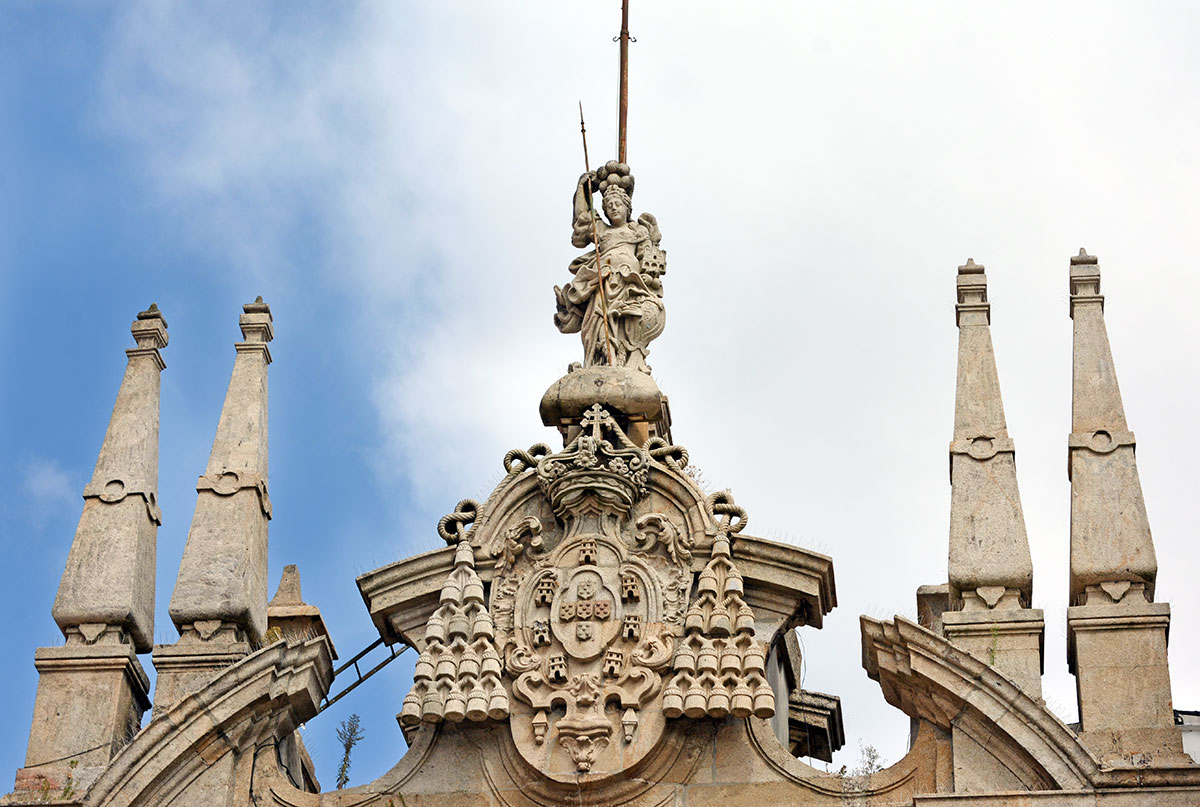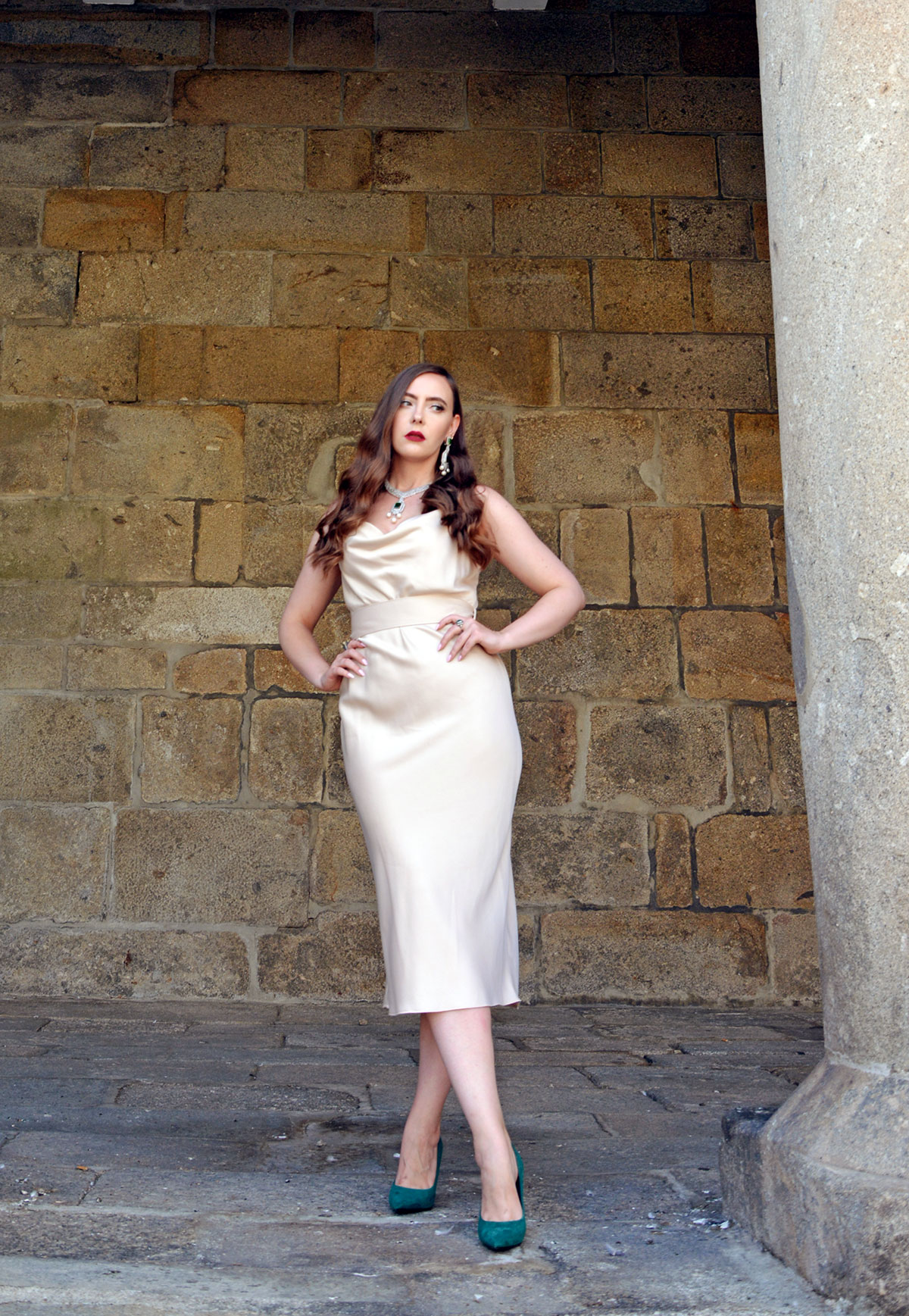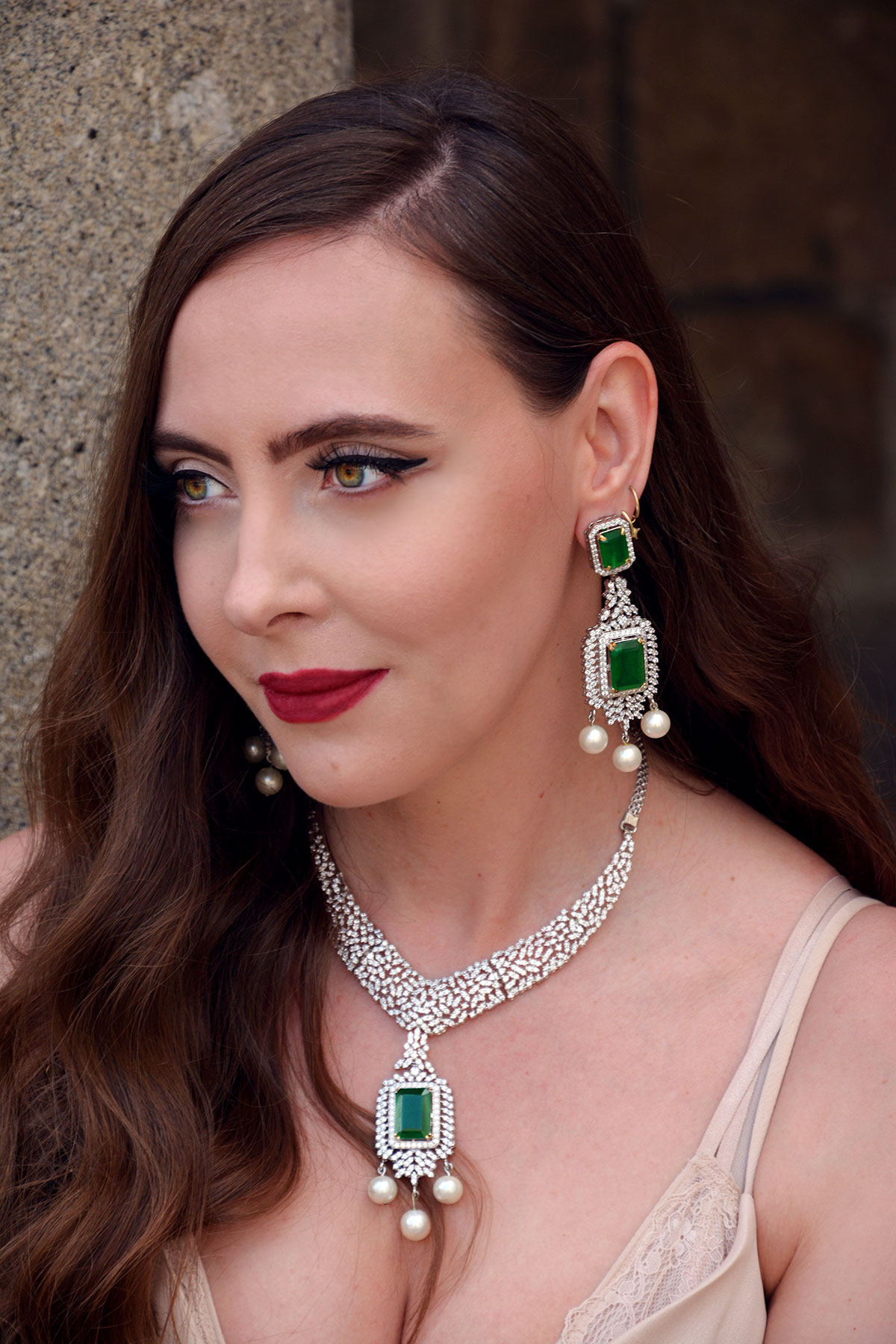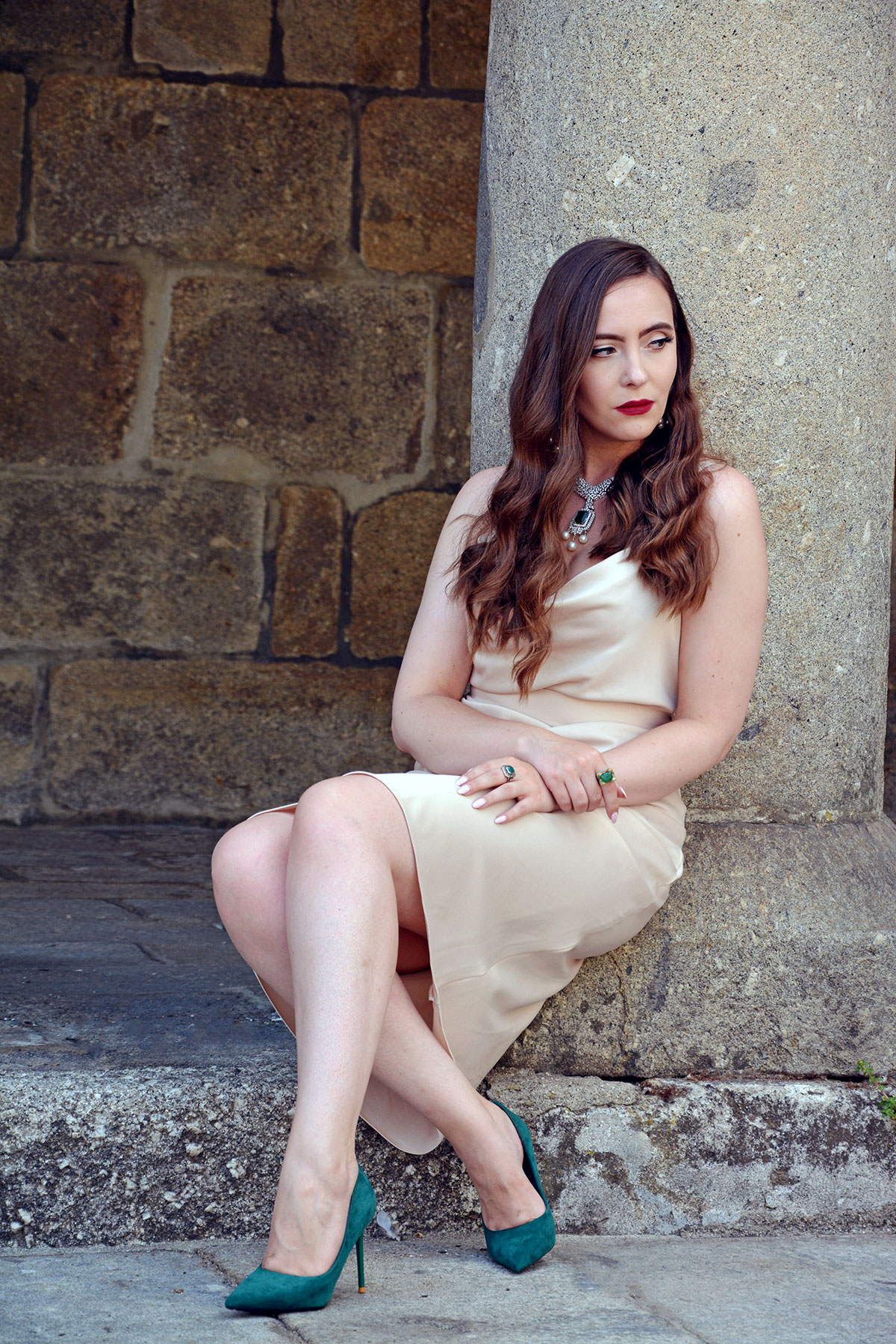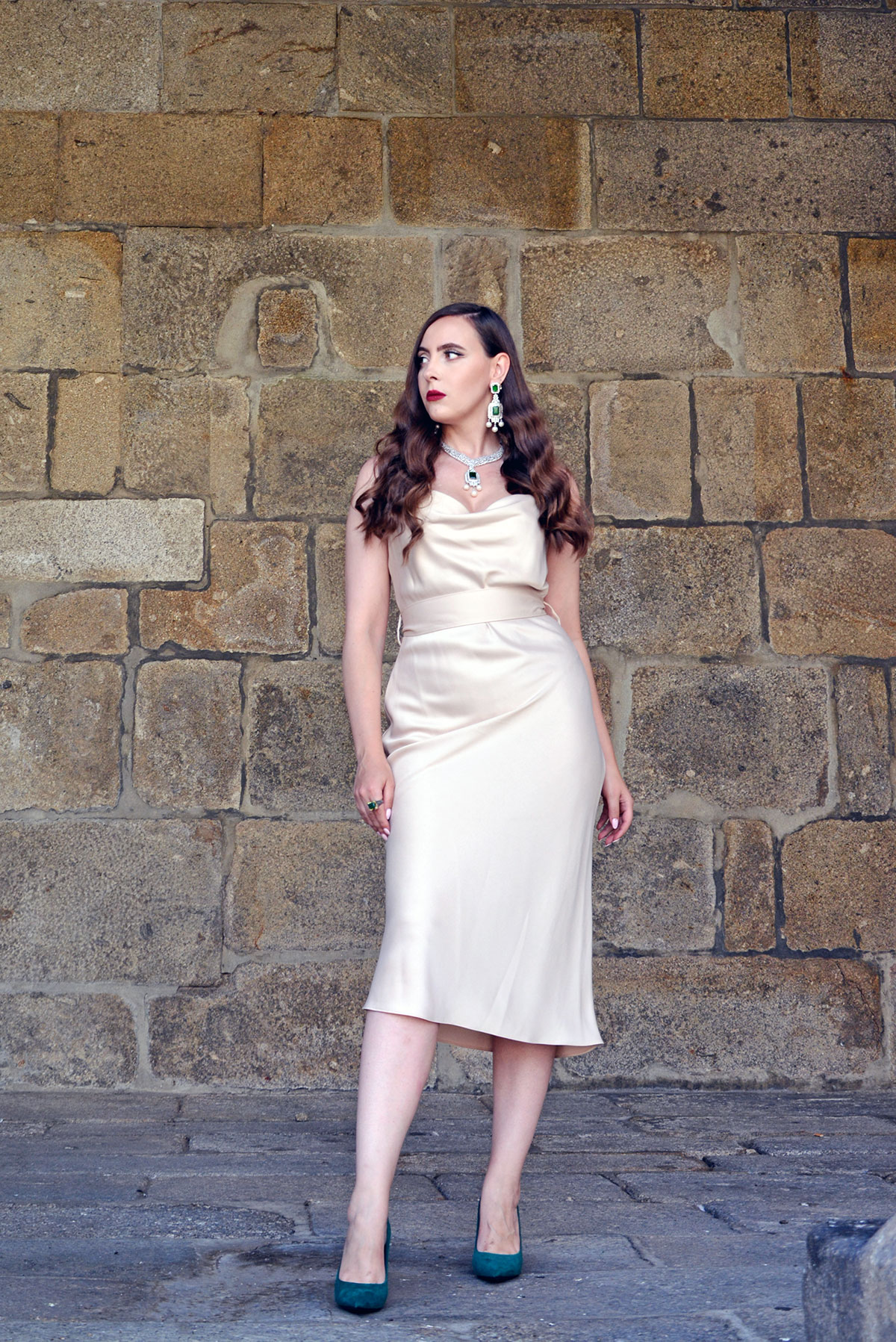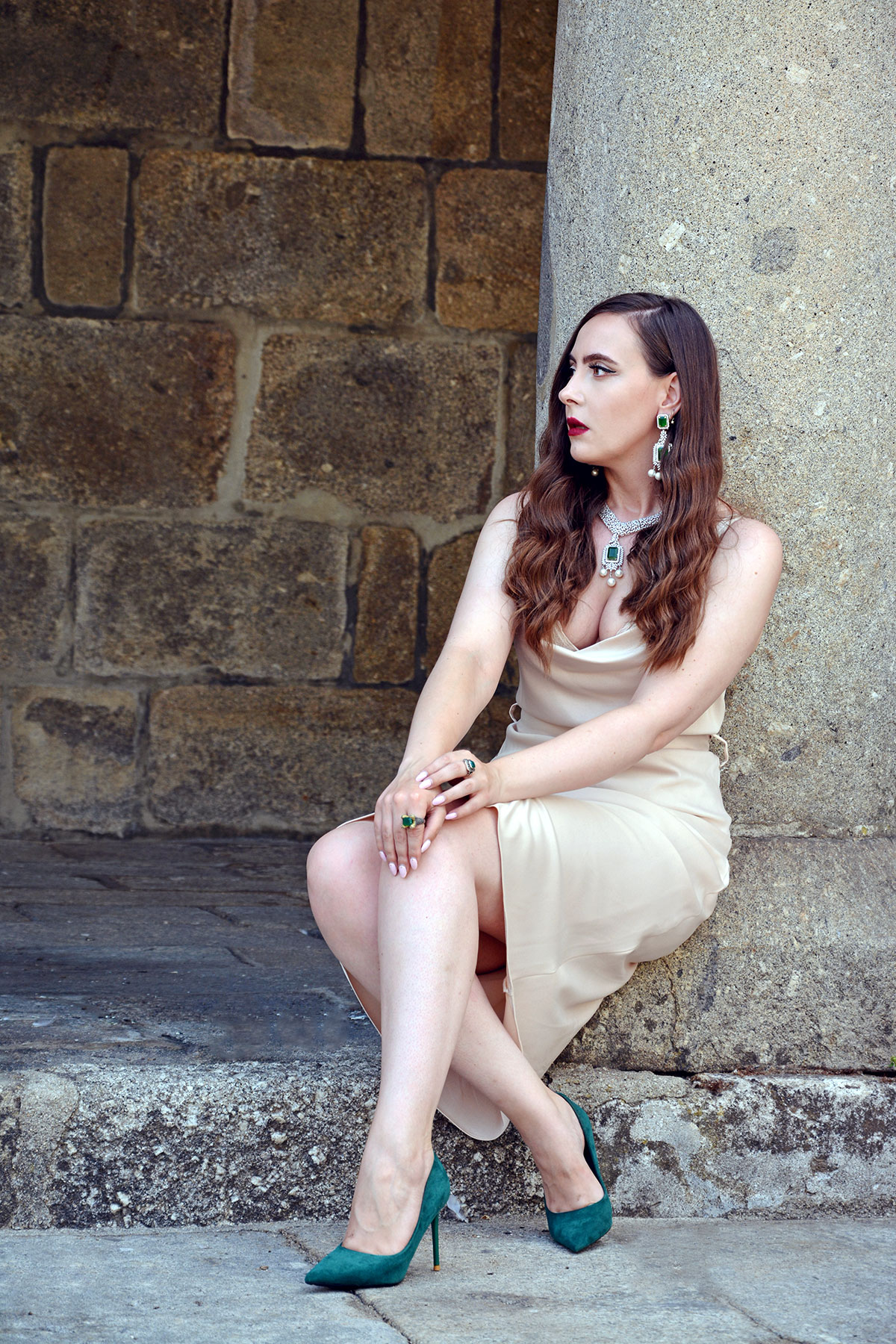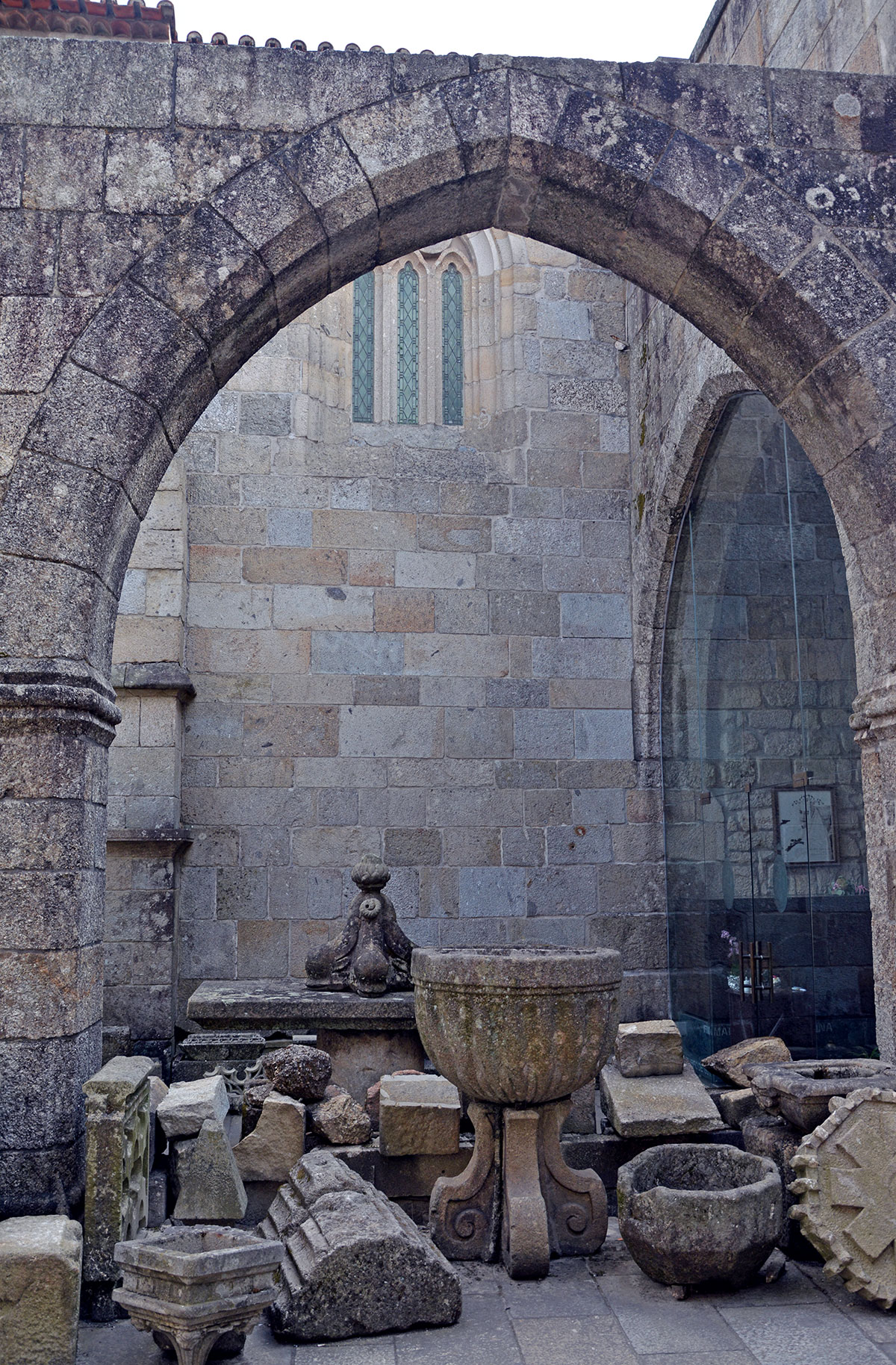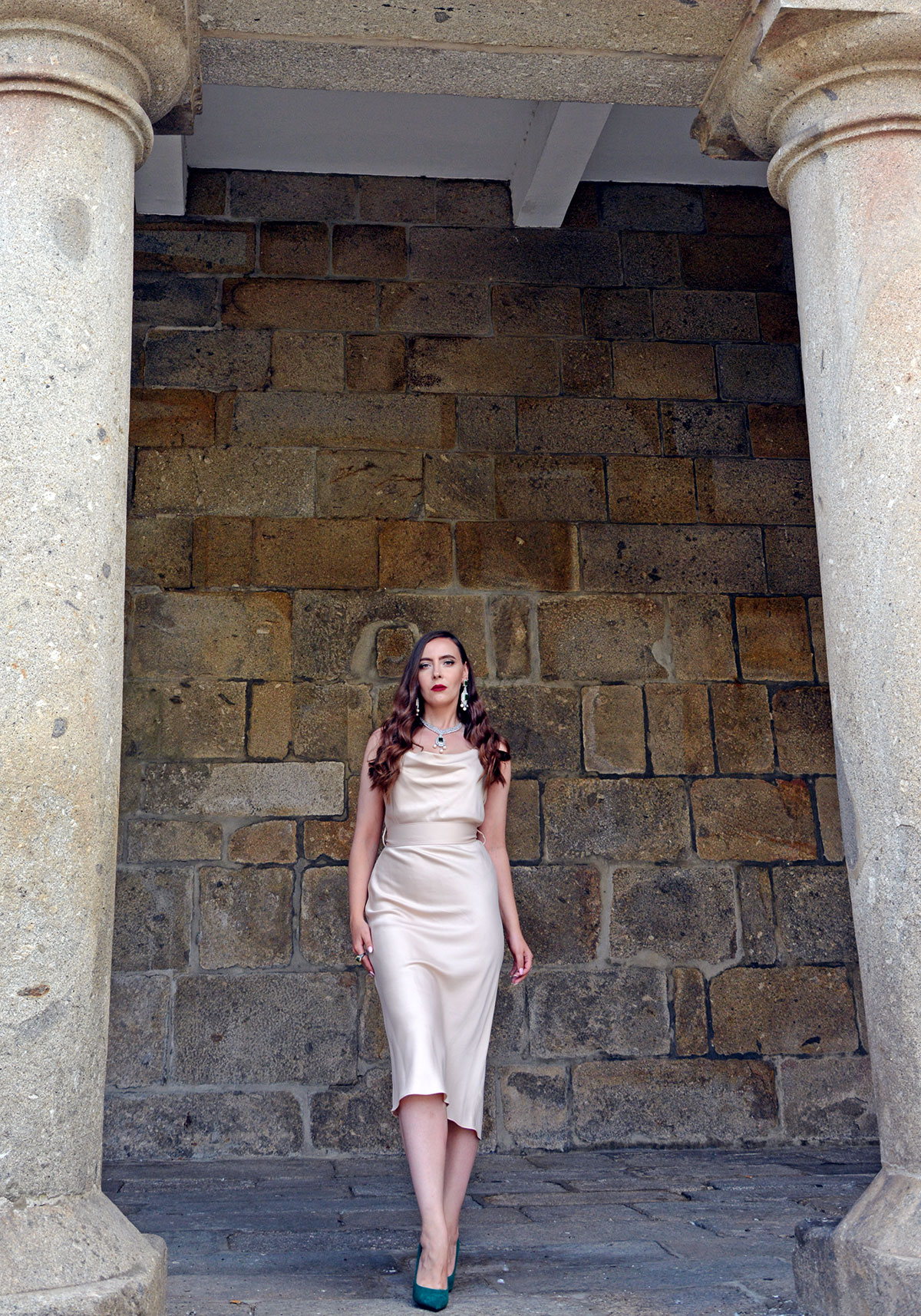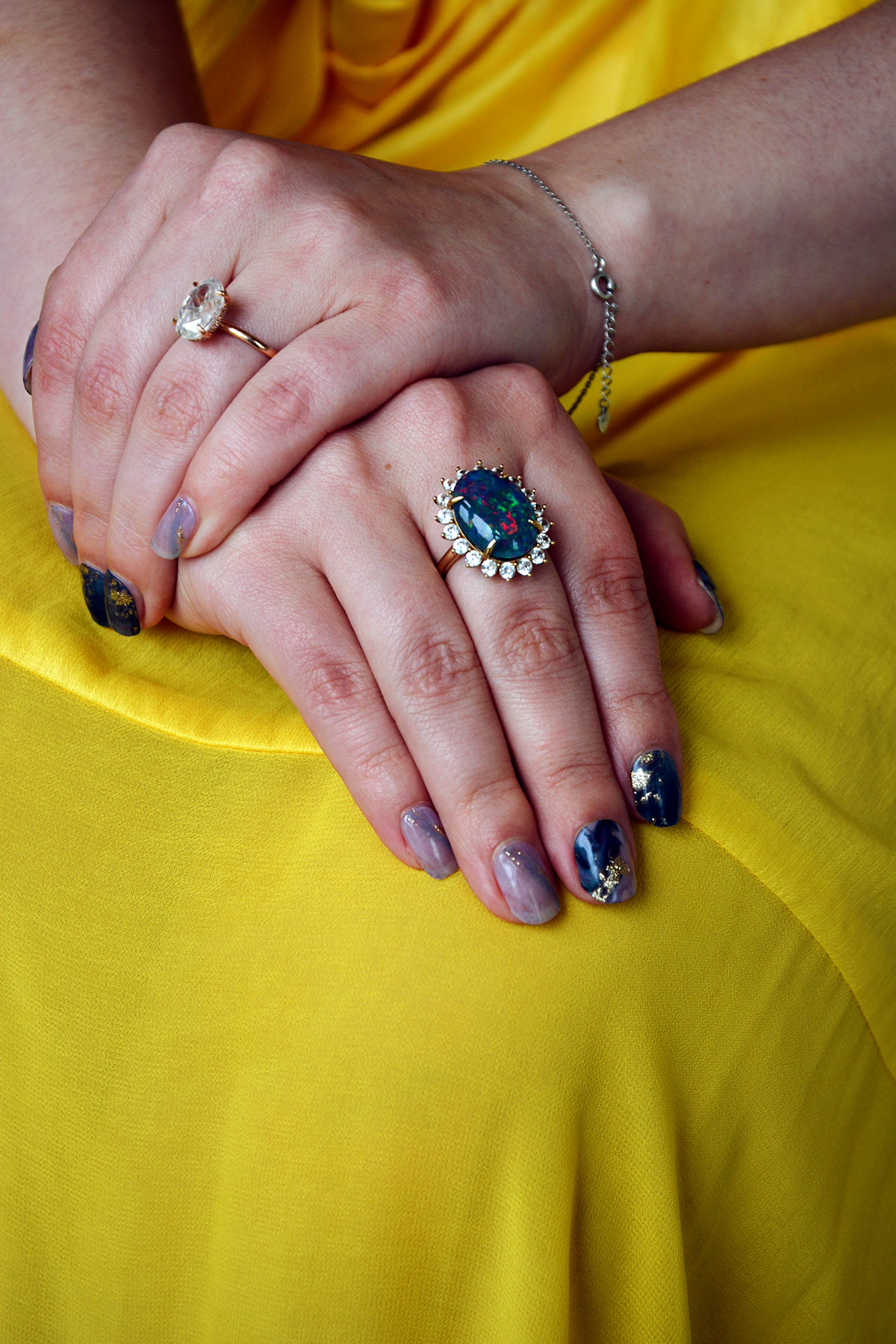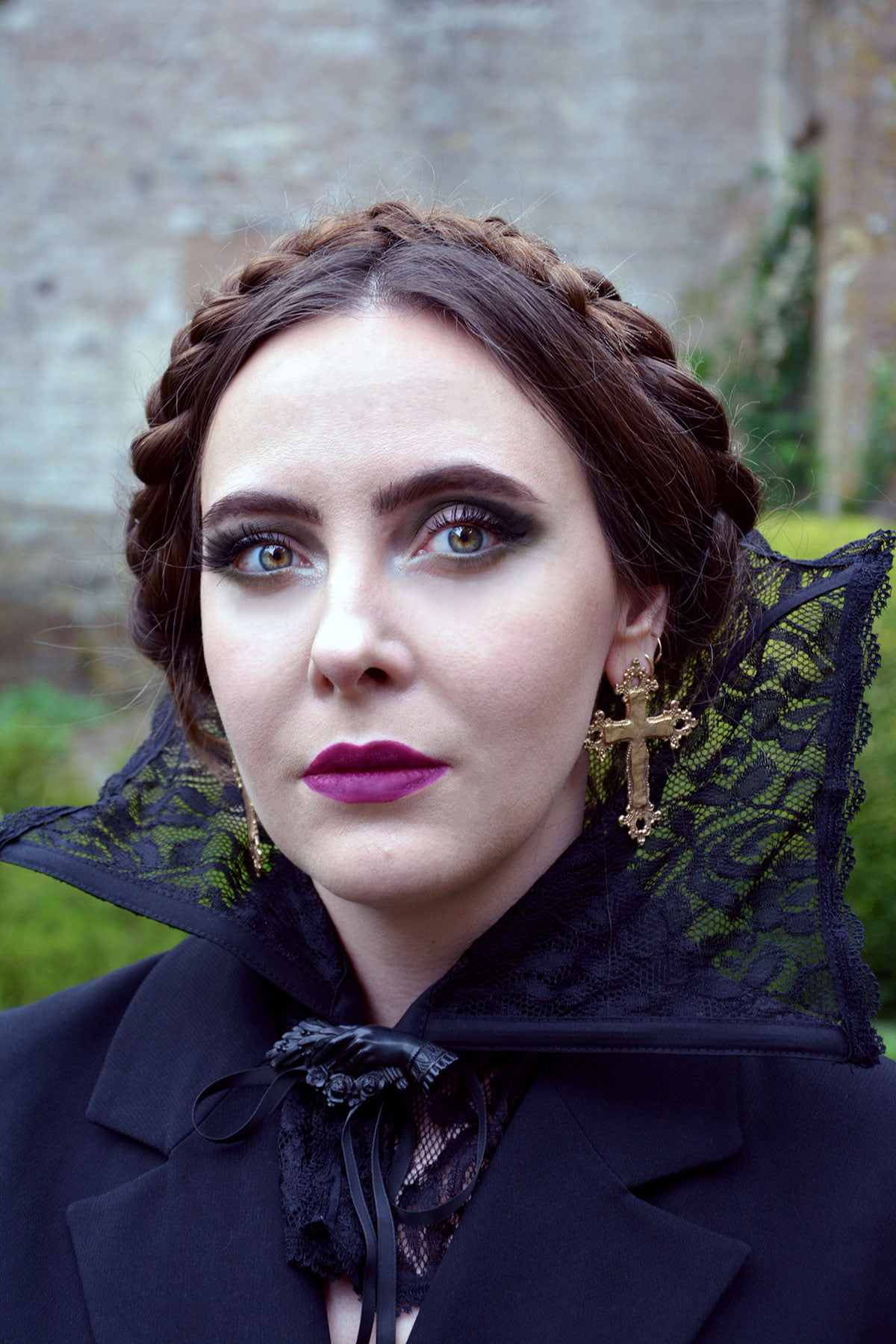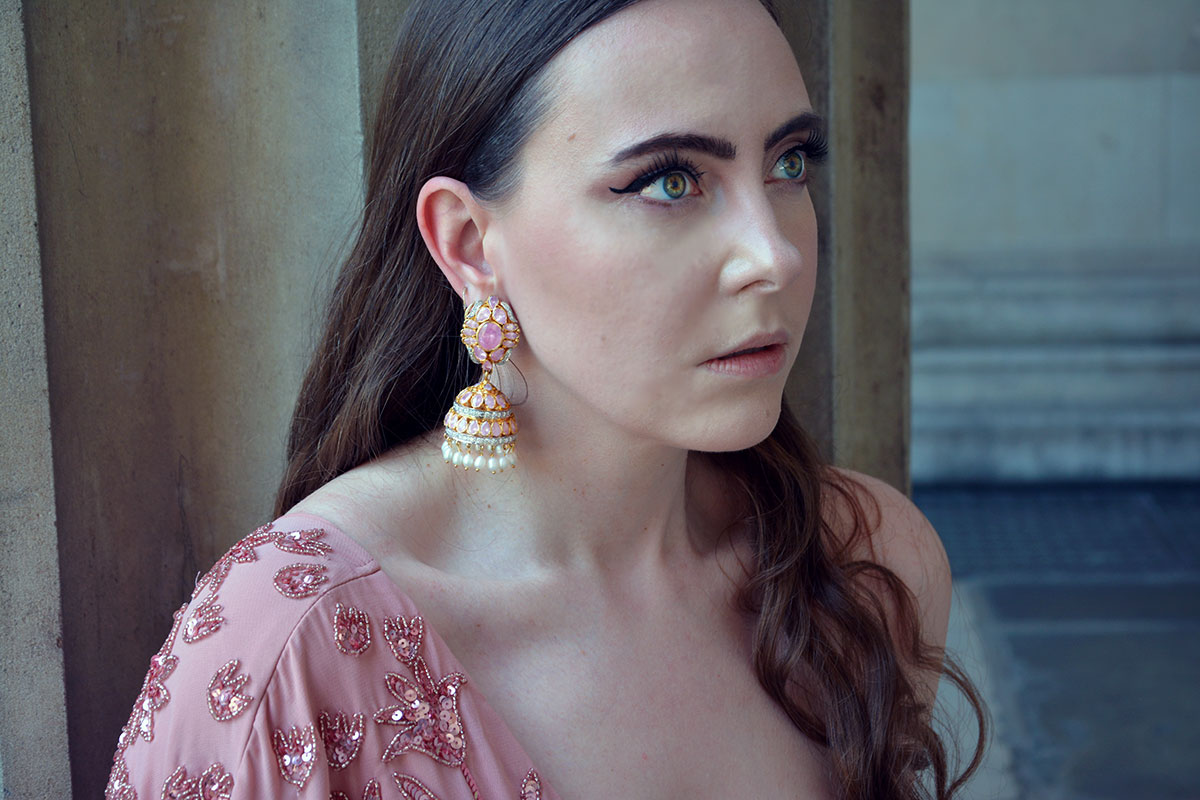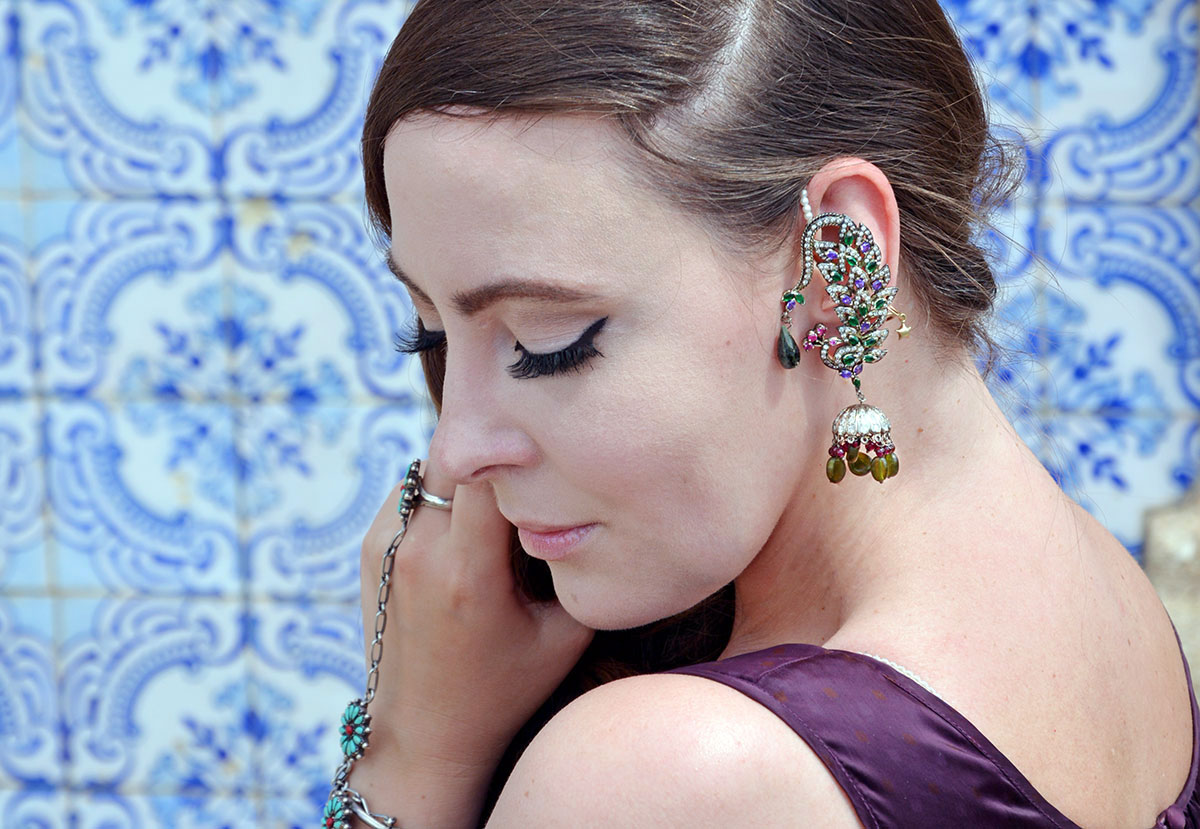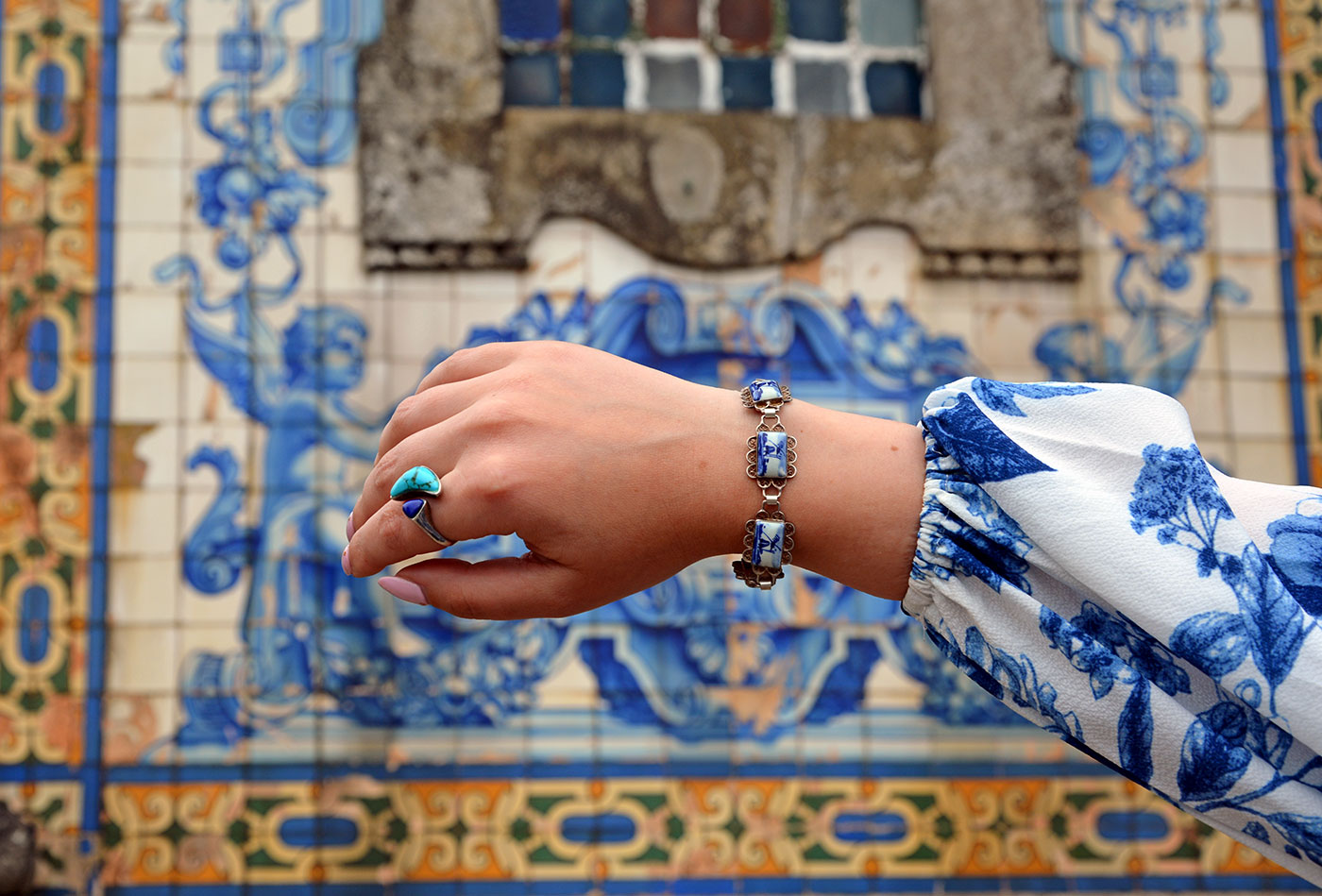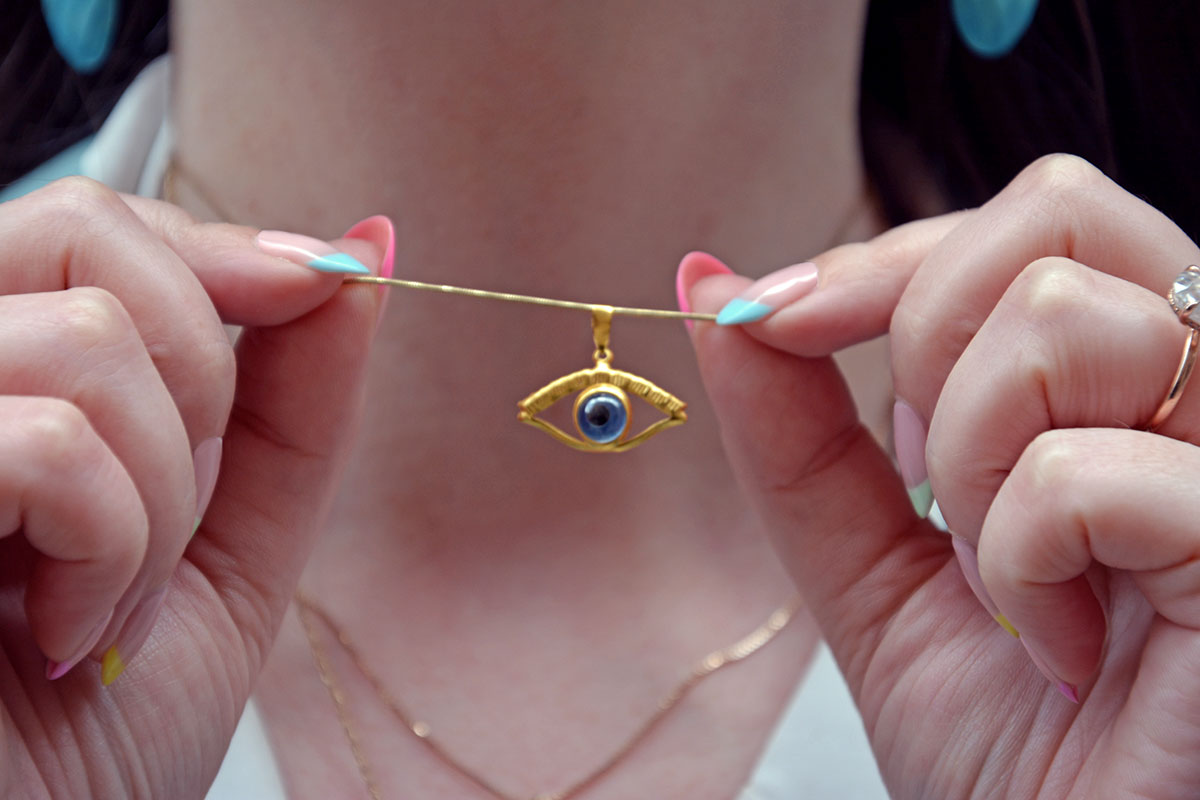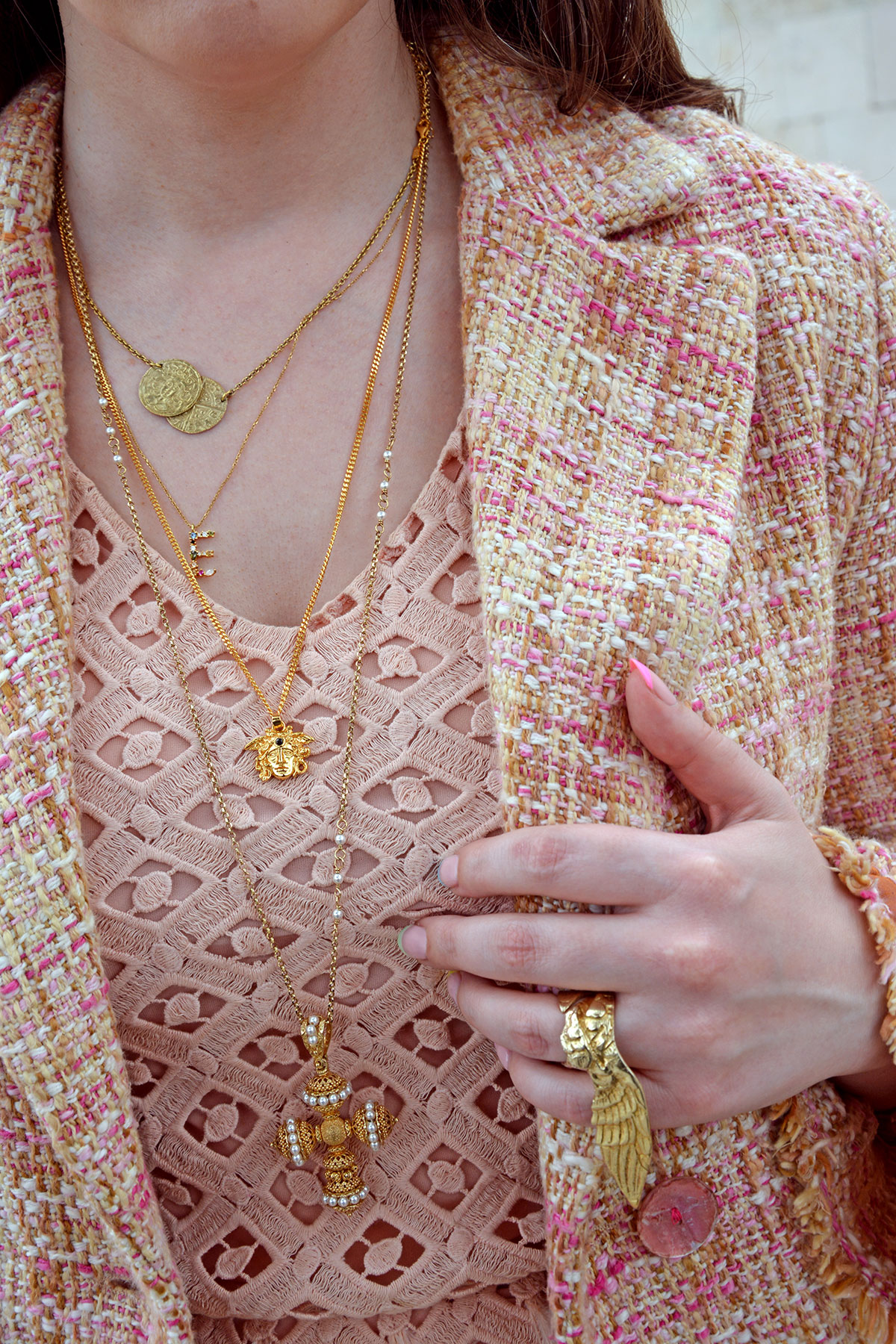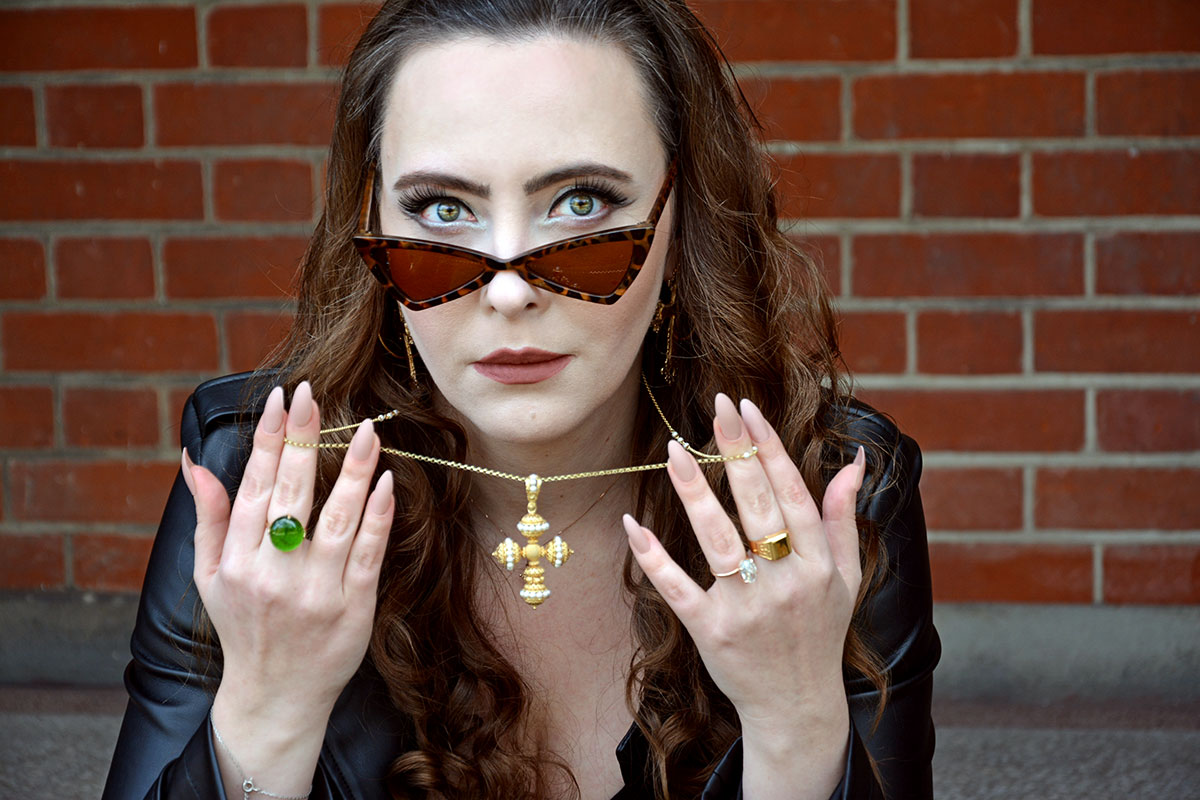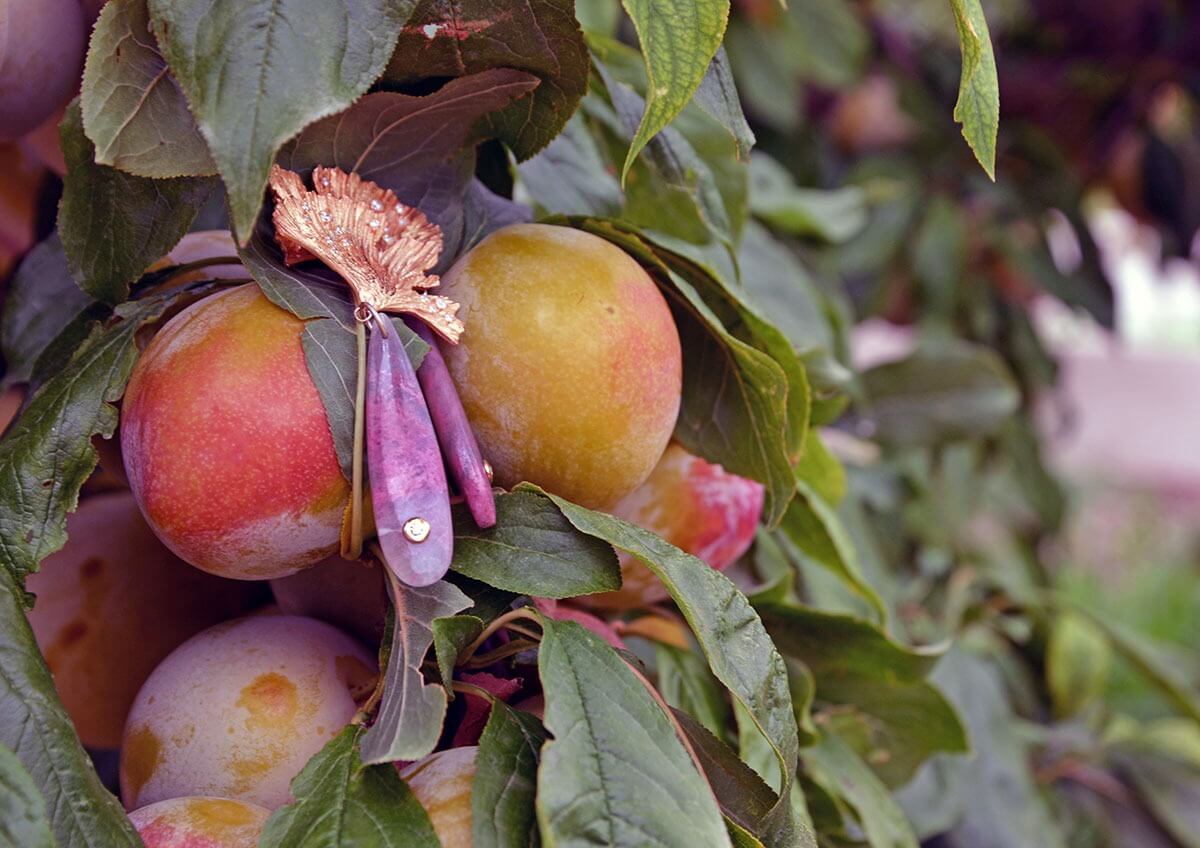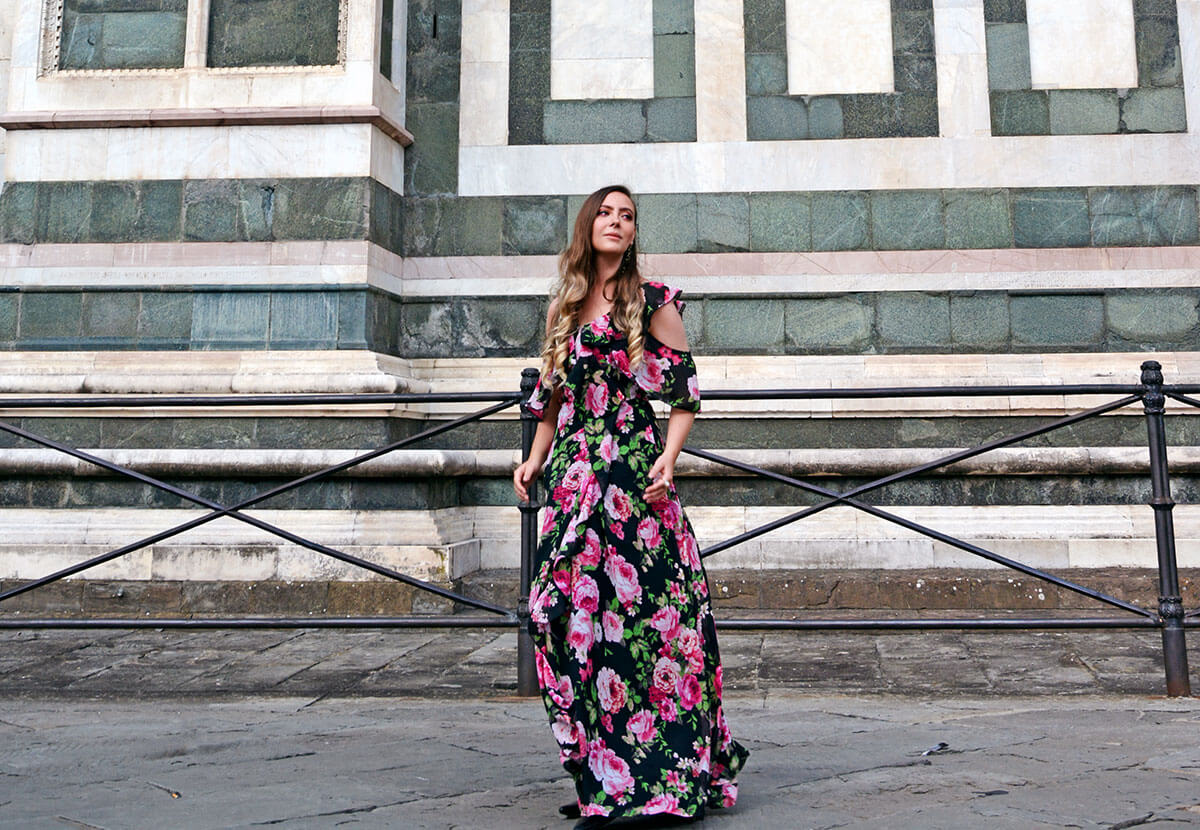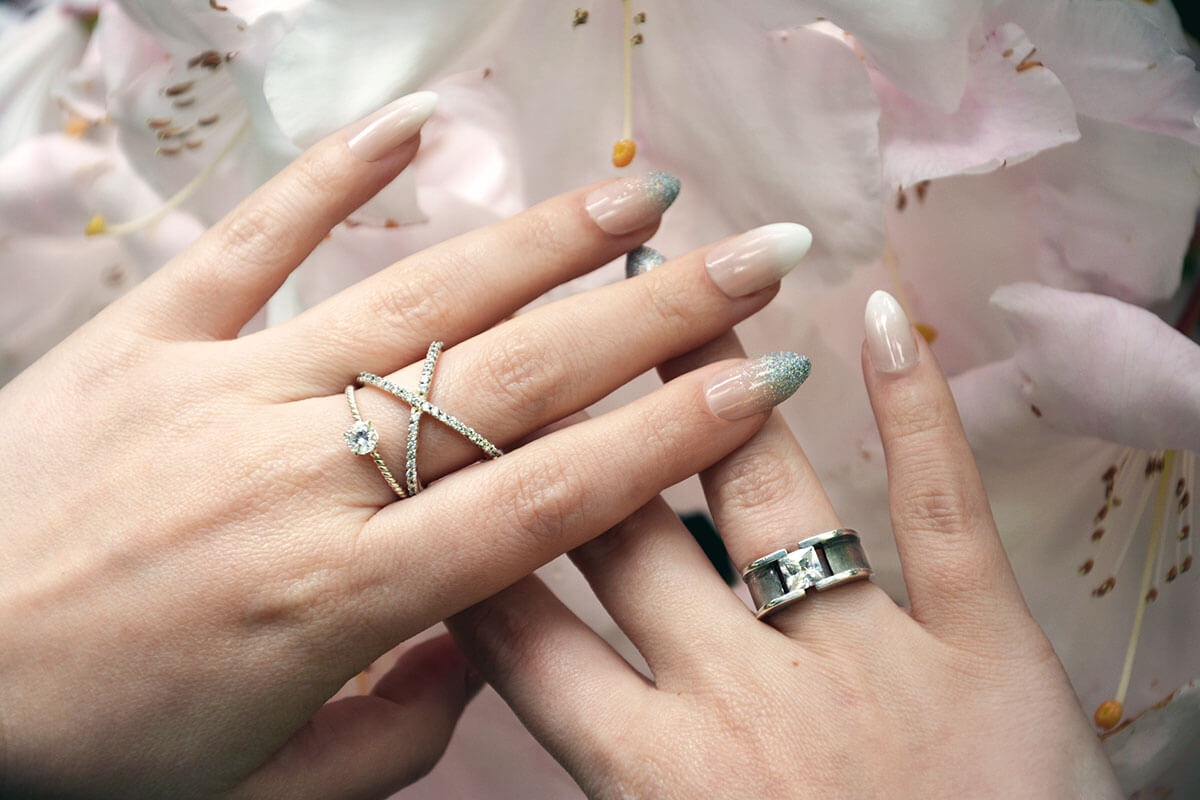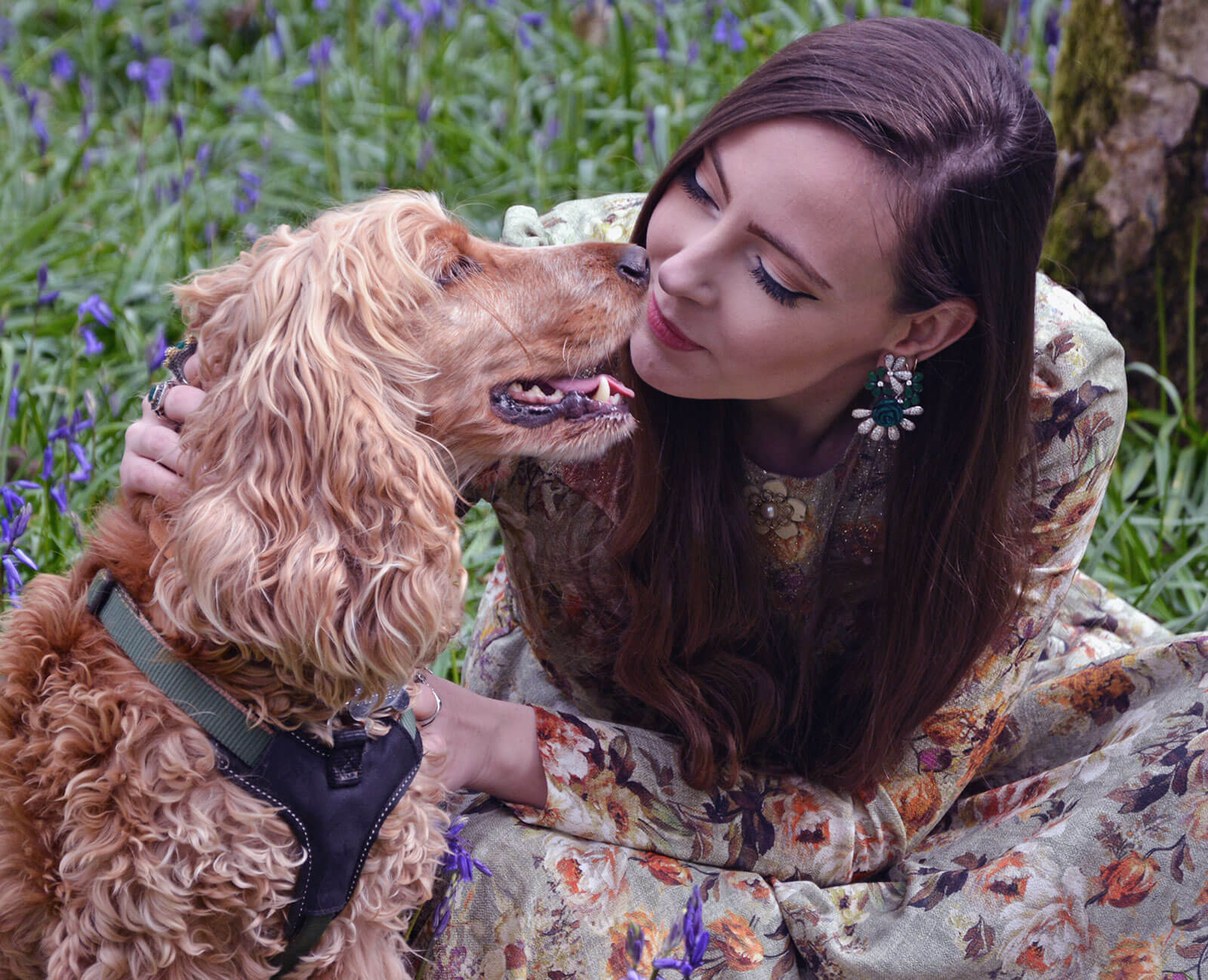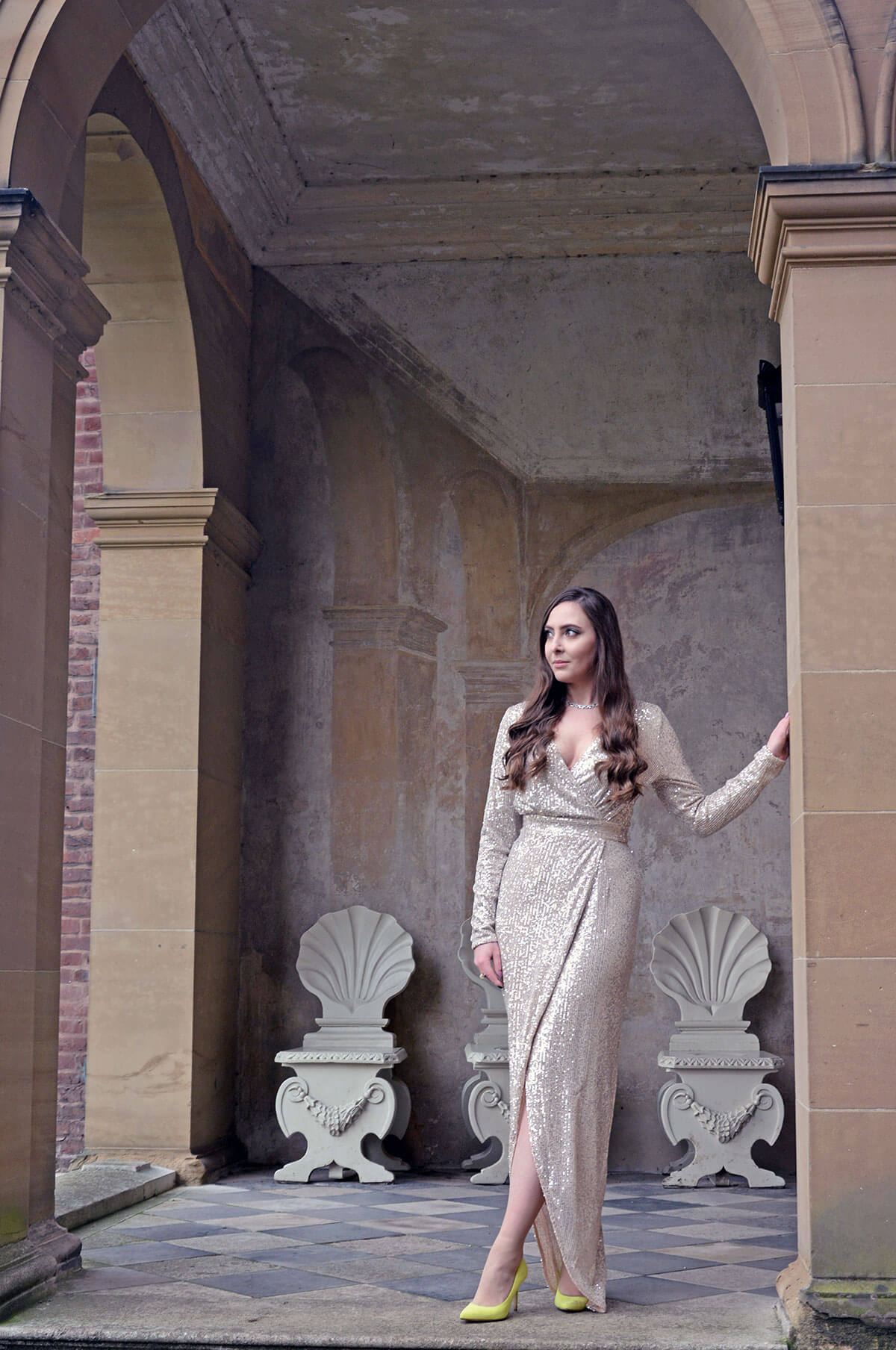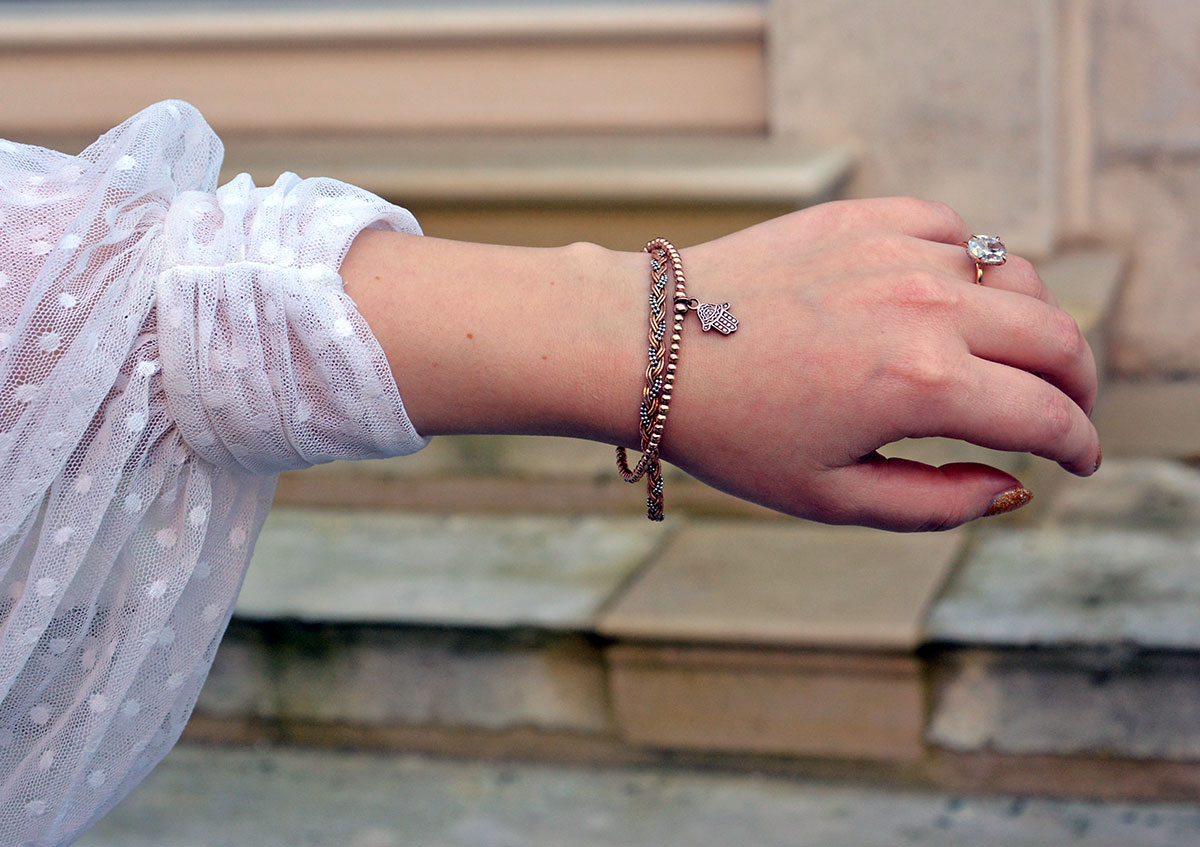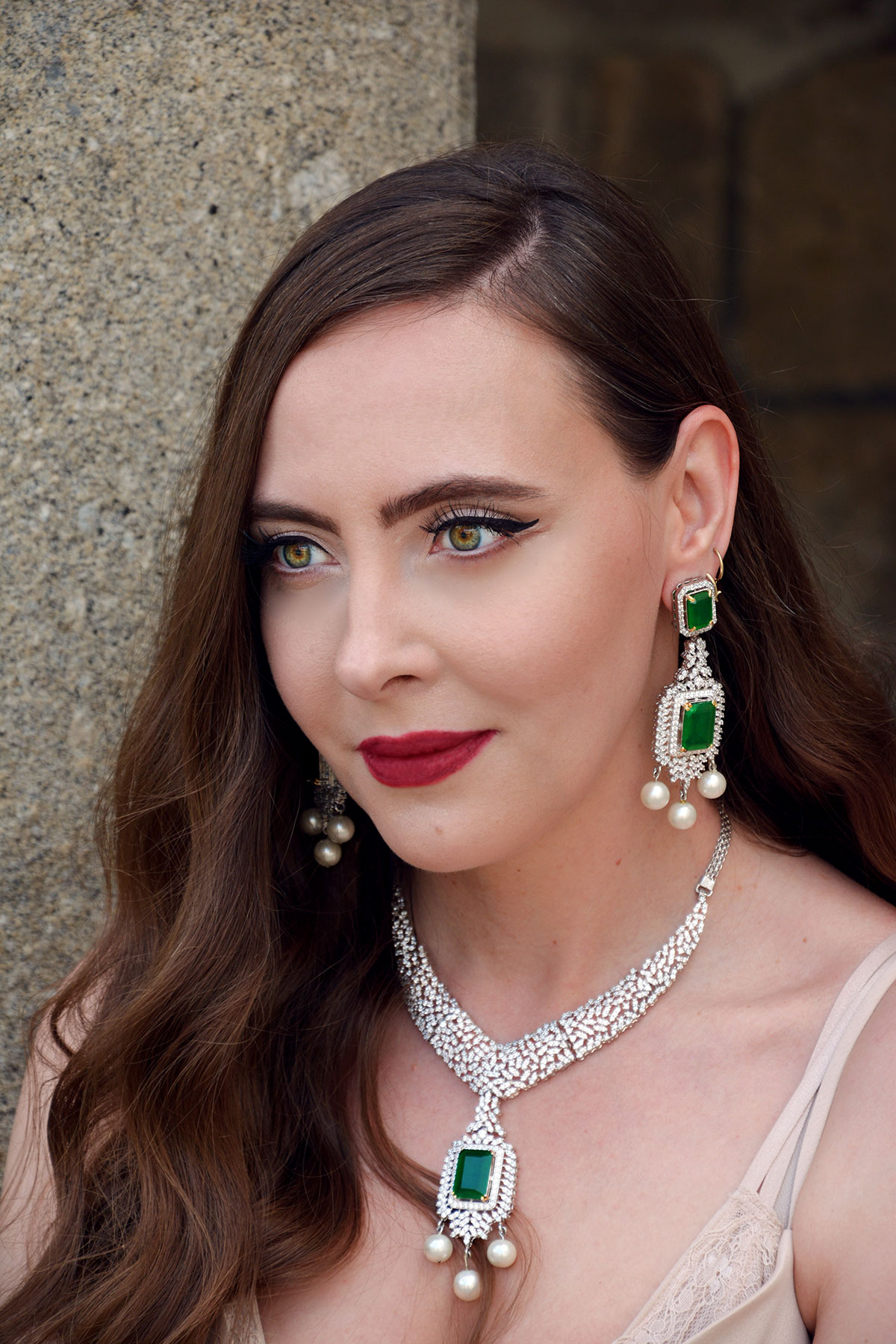
From a minimalist approach to necessary excess, each of us has their own relationship with jewellery. Putting external factors such as the weather or the occasion aside, your personality and your mood have a lot to do with the choices you make when it comes to accessorising. Let’s explore the psychology behind the jewellery choices we make, and get to the bottom of why on Wednesdays we wear pink. Oh, morganite Wednesdays do sound dreamy.
1. The role of jewellery in societal status and belonging
Let’s jump straight into the fire. According to an article on Fashion Is Psychology, a research-led blog on the correlation between dressing and the human mind: “We live in a society where we are obsessed with the brands around us and the need to belong to a certain social status can even lead to addictive relationships with particular luxury brands (Mrad, Majdalani & El Khansa, 2020).” There is a lot of truth in that. Purchasing a piece of Cartier automatically places you in an elite group that is able to afford true luxury that the masses cannot. But it’s not only brands we can get obsessed with, it can also be staying part of these elite groups. This means ensuring that the need to keep up with the latest trend is met at all costs, even if it means getting into debt. While this is not good for our mental wellbeing in the context of Mean-girl-like groups, in cultural realms, this kind of belonging through jewellery can bring meaning, and a sense of upholding a tradition, even if there is detriment. A great example of this are the women of Kayan Lahwi, a tribe that lives around the areas of Myanmar, Thailand and Vietnam. The Kayan women wear a number of brass neck rings, which visually makes their necks look elongated. The elders are keen on upholding the tradition, even though it can lead to collarbone discolouration and bruising, body alteration (the clavicle being lowered), as well as after years of wear, a psychological dependency on the neck coil. However to the Kayan elder-women, this is just small collateral damage compared to the sense of upholding tradition and belonging. It’s worth mentioning that the younger generation is slowly stepping towards taking the neck coils off, as the tradition sadly started to morph into a tourist attraction especially in Thailand.
2. Jewellery psychology of personality and self identification
The choice to wear or not to wear jewellery is very personal, as is the decision on the kind of jewellery to opt for. In a psychological sense, each of us falls under a certain personality type. There are different schools of thought on how many personality types that are out there, but the one I suggest exploring – even if not for jewellery wearing purposes, but rather for self-discovery – is 16 personalities. The framework of this free test is based on Carl Gustav Jung, the father of analytical psychology as well as the methodology of the Myers-Briggs Type Indicator®, but then pushed even further to create 16 personality types.
While I can use this article to list the personality types and match them with the jewellery those personalities are likely to wear or like, this would be done through my bias, and what I would consider most suitable. Instead, what I think would take the psychology of wearing jewellery much further is for you to take the test and retrospectively think about it in context of your jewellery choices. This will help you understand how your personality influences your appearance, and as a consequence – your jewellery choices.
Having said that, I can reveal the personality I fall under: “A Commander (ENTJ) is someone with the Extraverted, Intuitive, Thinking, and Judging personality traits. They are decisive people who love momentum and accomplishment. They gather information to construct their creative visions but rarely hesitate for long before acting on them.”
This does explain a lot about the jewellery I buy, but also beyond that, the circumstances I buy jewellery under. It is often to celebrate an accomplishment or to achieve a certain look. But enough about me, what personality do you fall under?
3. Jewellery as a mood altering drug
Dopamine dressing has become a big trend as globally post pandemic many found it harder to find joy in their daily lives. Dressing to enhance your mood, even if the only activity you’ll be undertaking is working from your laptop within four walls, has become a necessary ritual for those who felt compelled to find more avenues to enhance their mood. From simply allowing your heart and emotions dictate what to wear, to colour therapy and inspiration from social media feeds, there are many ways to turn that frown upside down. This is where jewellery comes in. A pop of turquoise to add colour, an extravagant pair of earrings because damn, they look good, or just deciding that from now on this is your good luck ring and every time you wear it, you’ll have the best day – all of these can boost your mood. You might even create your own little mood enhancing method through layering jewellery, or you may have been already doing it without realising.
In the images you can see I am wearing jewellery that looks worthy of a royal coronation. The reason I am wearing such an over the top set? I felt like it.
4. Future proofing through jewellery
We’ve discussed a few psychological factors that affect our choices when it comes to jewellery: emotional, personality-based, mood boosting, status and identity defining, but there are also pragmatic factors. Fine jewellery that uses precious metals and gemstones holds inherent value. For many jewellery is not only body adornment, but also an investment or a solution to a theoretic rainy day. Currencies can be hit with sudden depreciation in an instance of a regional catastrophe or war. This is why gold is seen as a safehaven globally that can help when a local currency fails. Find out more about our infatuation with gold here.
5. Jewellery as a method of displaying metaphysical beliefs
Necklaces, rings, bracelets have been worn as talismans for millennia. Some believe in the power of amulets and gemstones to ward off evil spirits, bring good luck, help find hope in situations that are difficult to bear. Jewellery has also been used to see into the future, fortune tell and find answers from sources that are beyond this world – especially through the use of aquamarine as an example.
However, stepping away from cult or even occult practices, arguably the psychology of jewellery is similar if not the same when it comes to more mainstream religions and beliefs. While religious jewellery can be used as an instrument to self-identify, it also acts as a tool for prayer and protection, offering a peace of mind in time of need. Read this extremely in-depth piece about the significance of religious jewellery here – it’s a 12 minute read that you won’t regret.
6. Jewellery as a peacocking tool
While it is very hard to pinpoint the moment when our ancestors started to wear jewellery in general, some anthropologists and psychologists believe that it has always been an important player in the pursuit of partnership. Wowing your chosen one with the gift of jewellery can be likened to the dance of exotic birds, where one party is trying to impress the other with their feathers and dancing display, just like showcasing the generosity and the ability to splurge on an expensive piece. In theory, everything in the act of gifting fine jewellery is meaningful and impressive: the price, the design, the intent as well as the gesture itself.
However, the act of peacocking can be switched around. To draw interest, to impress, to enhance features and to showcase individuality, one may be wearing jewellery just like exotic birds wear their feathers.
Jewellery also does not go away after both parties agree that a partnership is on the cards, with engagement and wedding rings serving as symbols of this newly agreed devotion.
In all cases psychologists and anthropologists agree, jewellery and the conquest of love have been together for the duration of our human forever.
7. Emotional expression through jewellery
Mourning, commemoration, achievement, pride, forgiveness – many emotions as well as life moments can be connected to or expressed through jewellery. Victorians have a special place in history for using jewellery for emotional expression, the mourning jewellery trend being one such example. There is an infinite number of instances of using jewellery to express emotion, and some may be completely unique to each and everyone of us. A good piece of further reading is from the Psychreg Journal of Psychology (PJP), which lists a few simple emotions that we tend to express when buying jewellery.
Summary: Jewellery psychology
Human psychology is much more connected to our jewellery wearing and buying habits than we expect. There are lifelong factors that influence our jewellery choices like personality or religious beliefs, but there are also short-term moments when jewellery can serve as gratification, for example dopamine dressing. Jewellery can also act as a companion is the pursuit of love as well as the bond that solidifies it in a life-altering event. The truth is that often one piece of jewellery can play many roles. It can help us showcase our status, our belonging to a group (on Wednesdays we wear pink, remember?), be our lucky charm while also mark an achievement. With so many boxes ticked, how can you put a price on it? This is what makes jewellery so magnetic: It costs, but it can also become priceless in our psyche.
